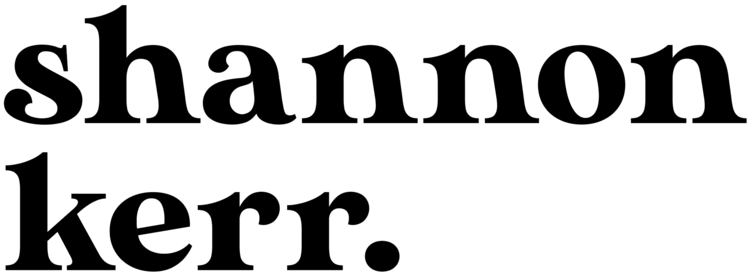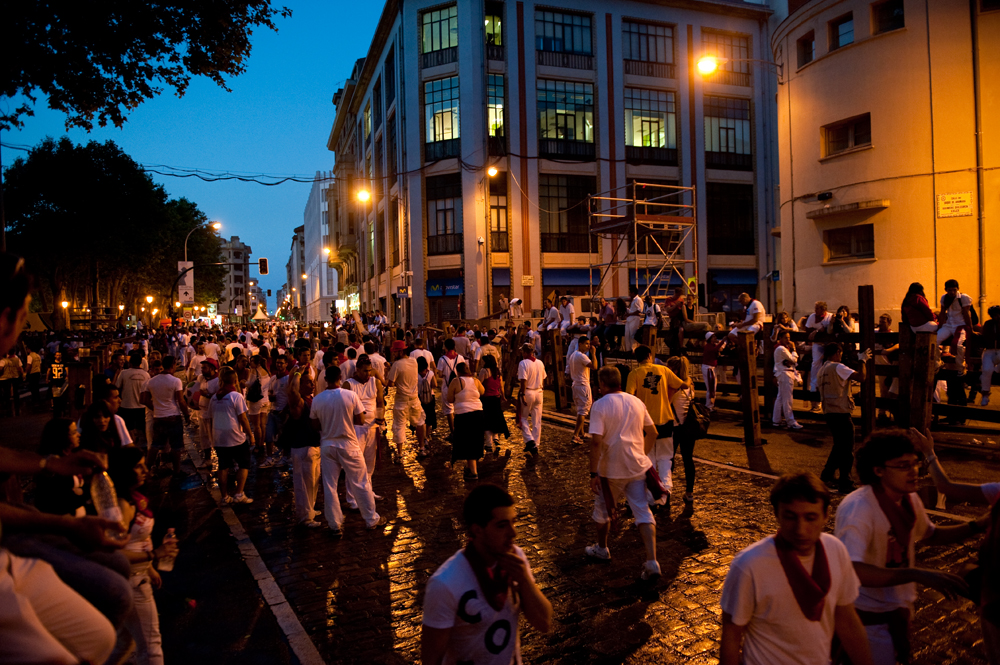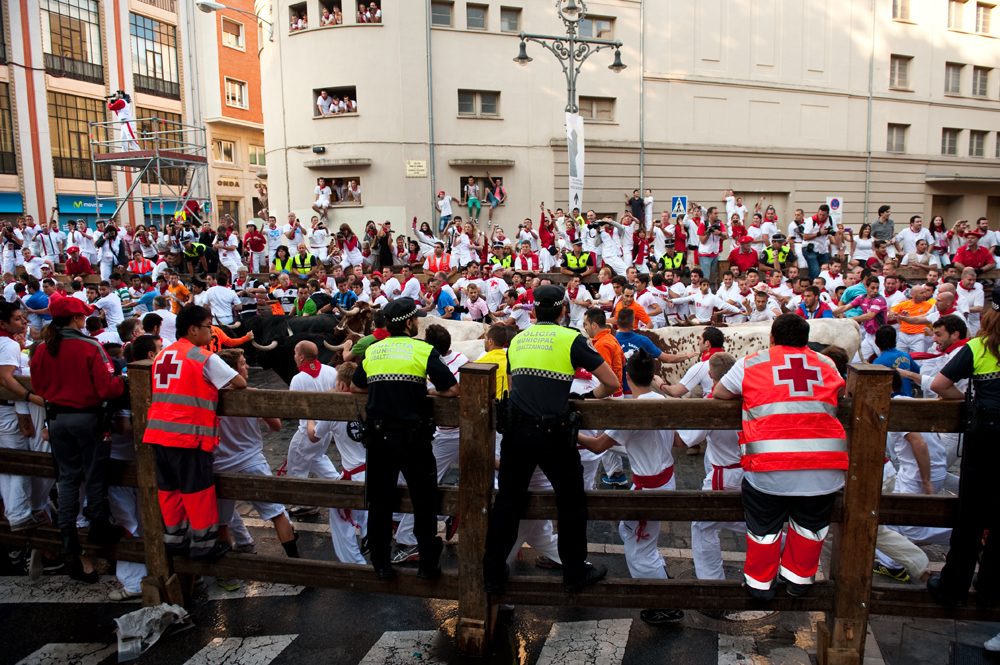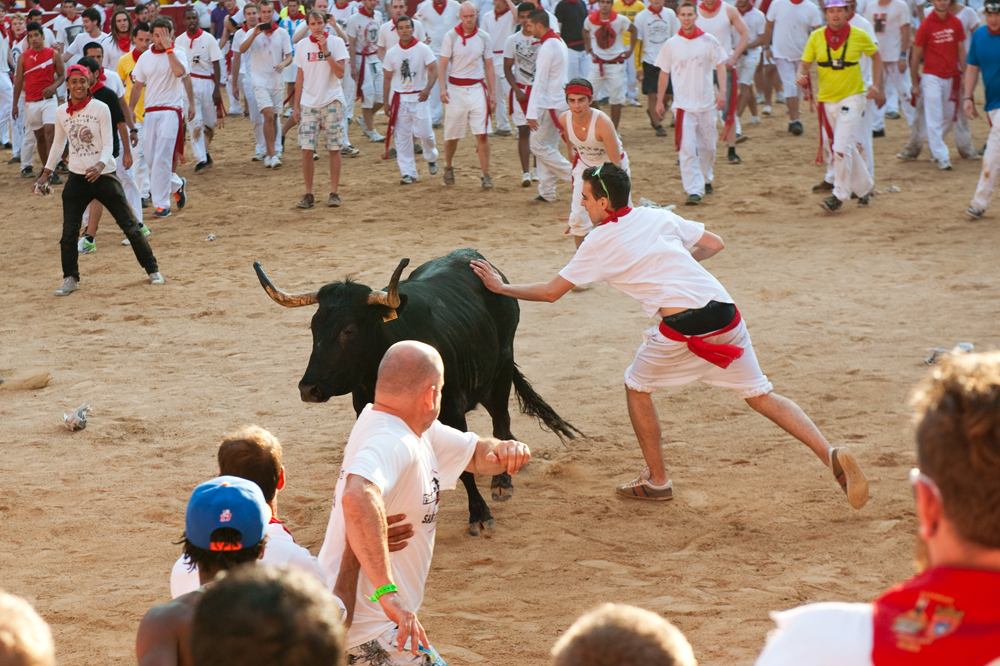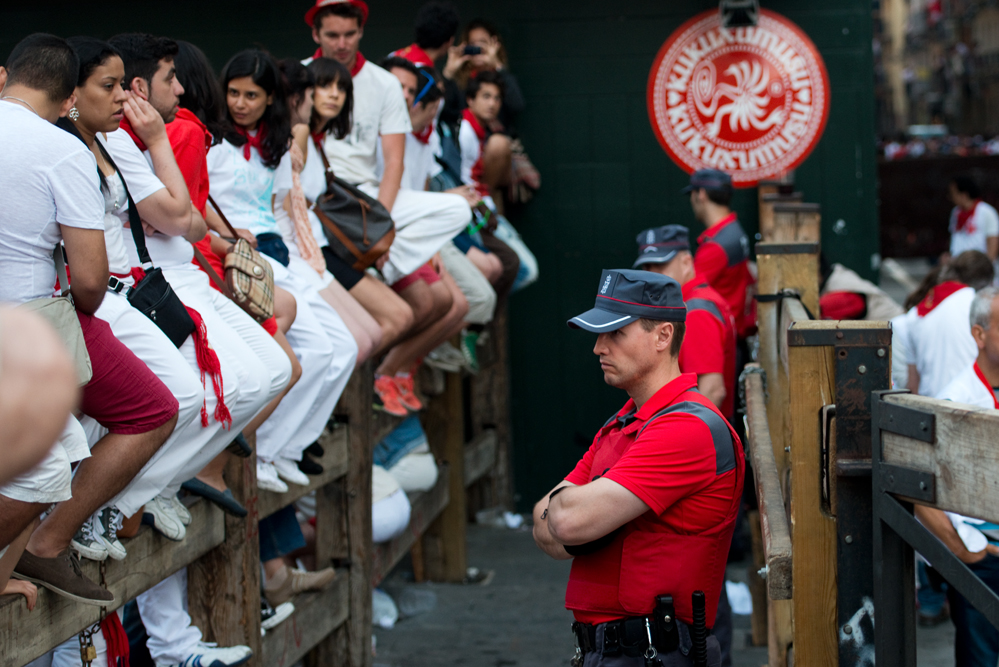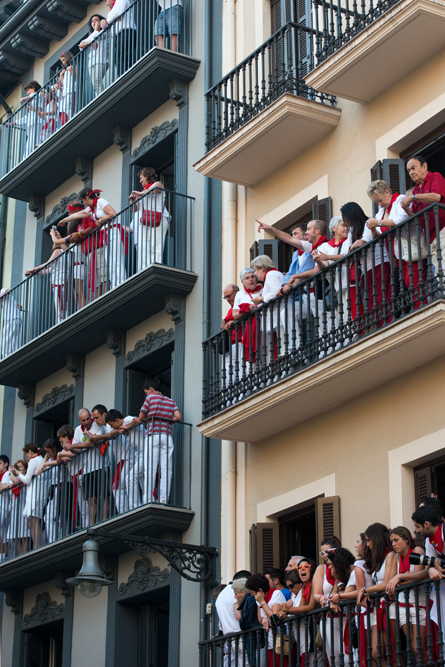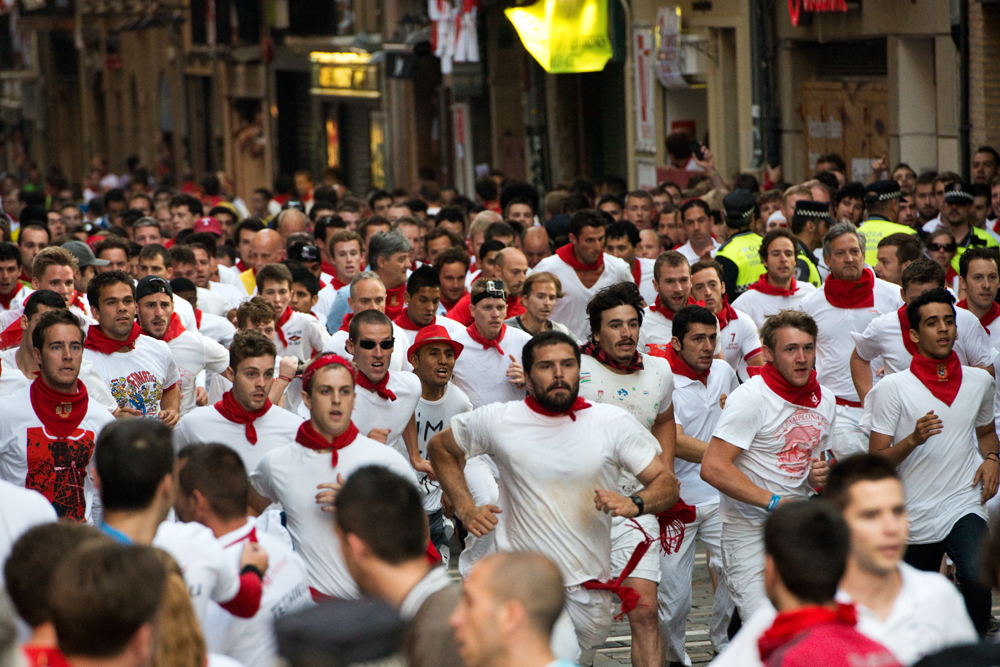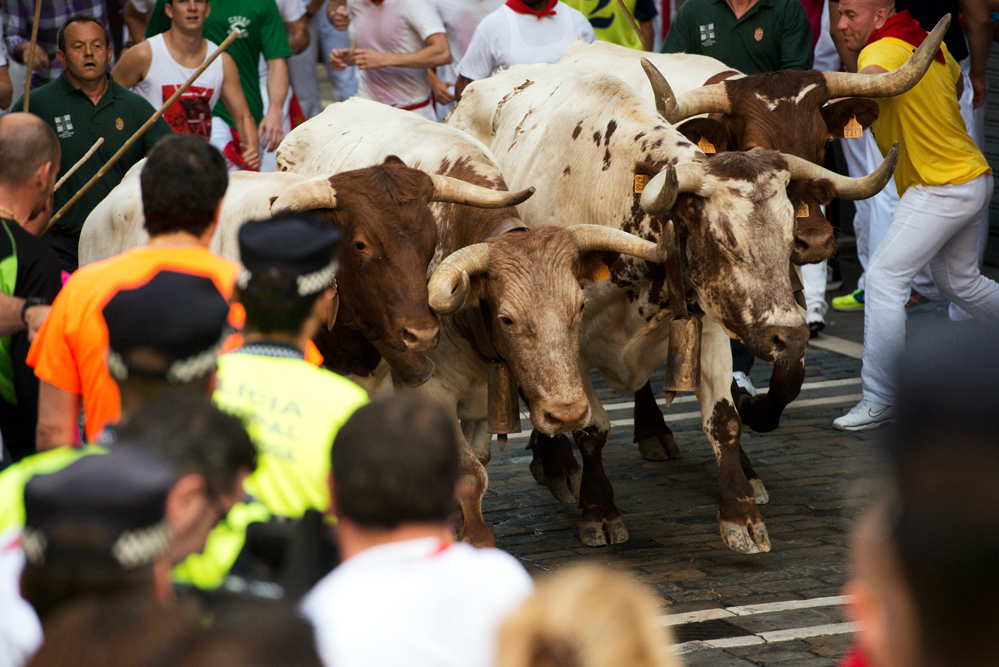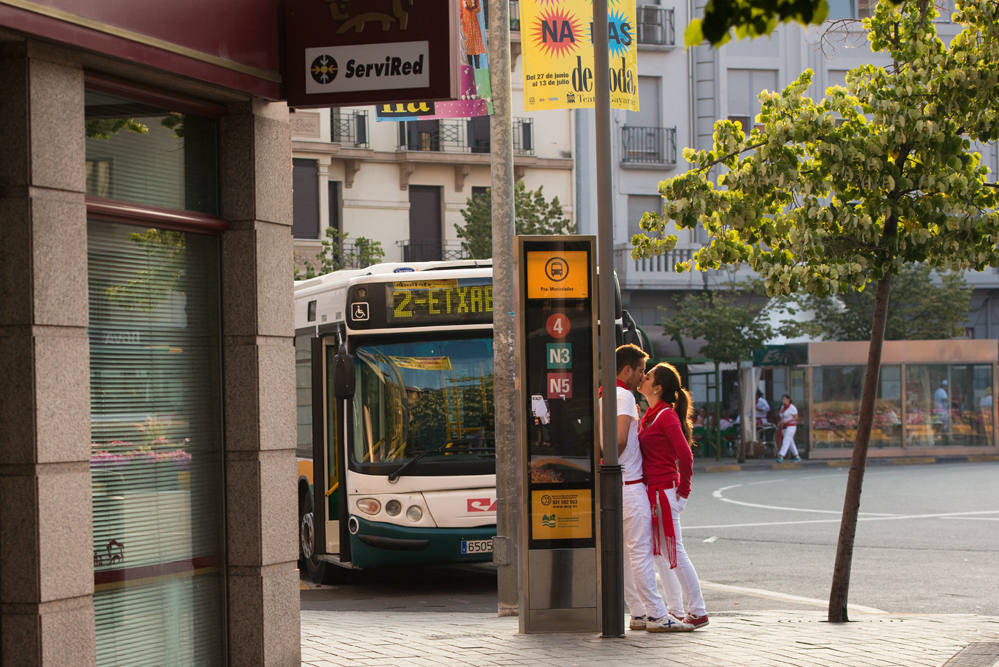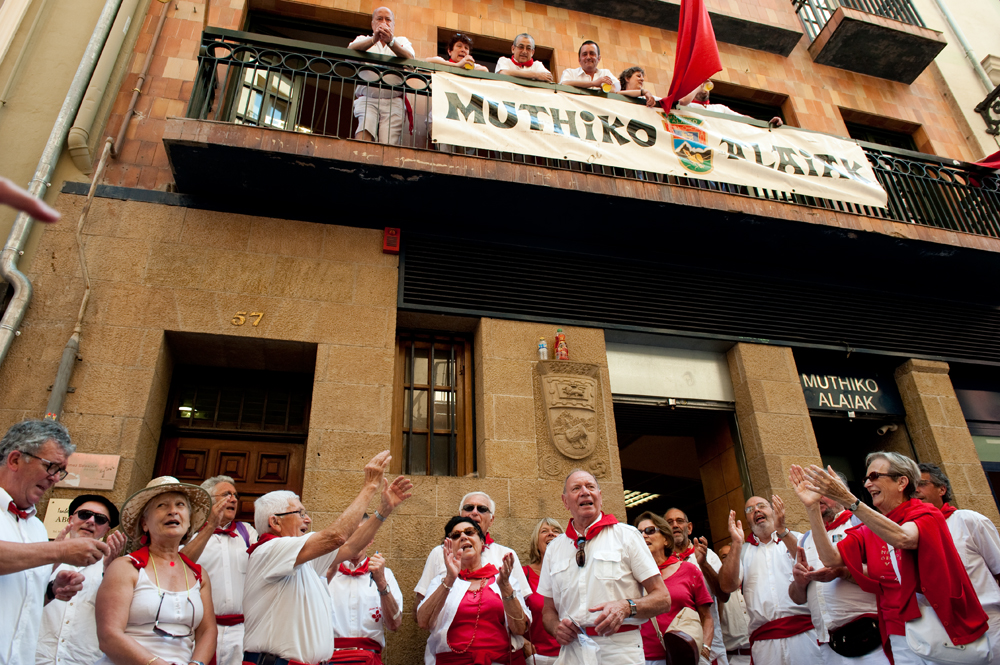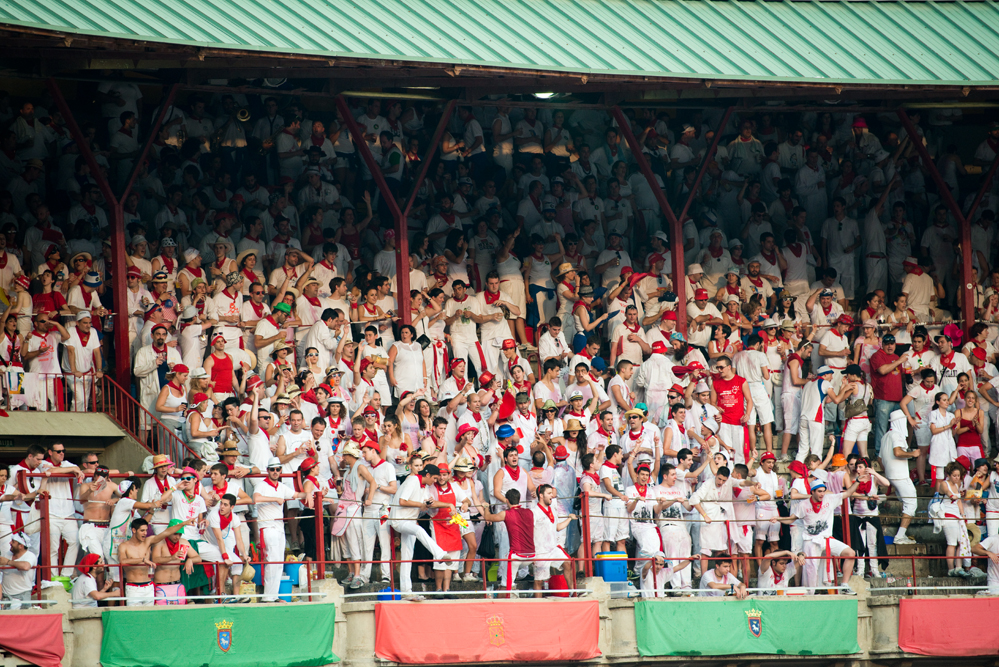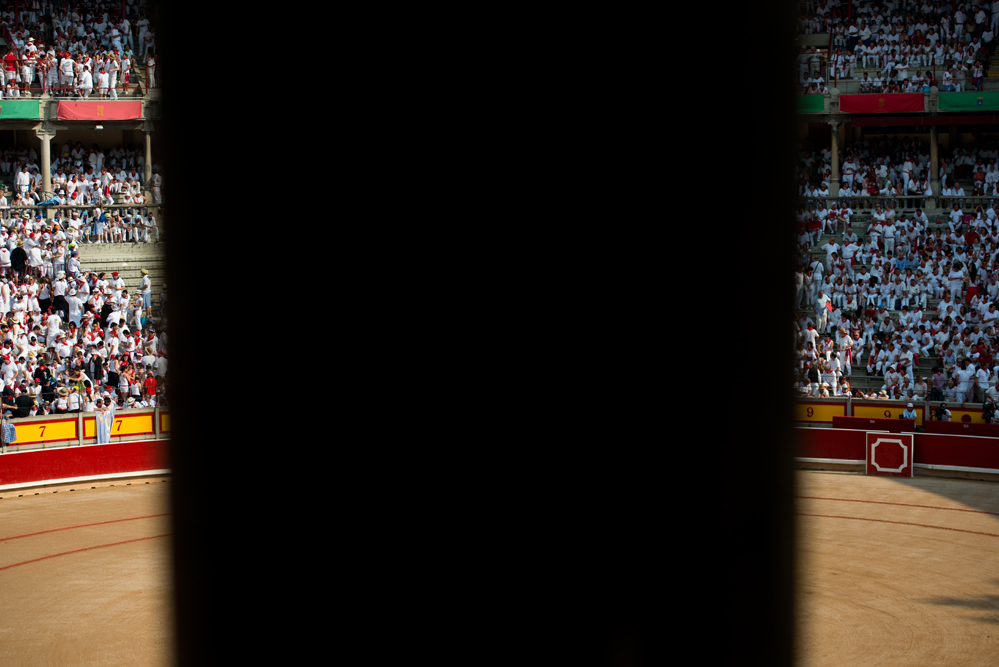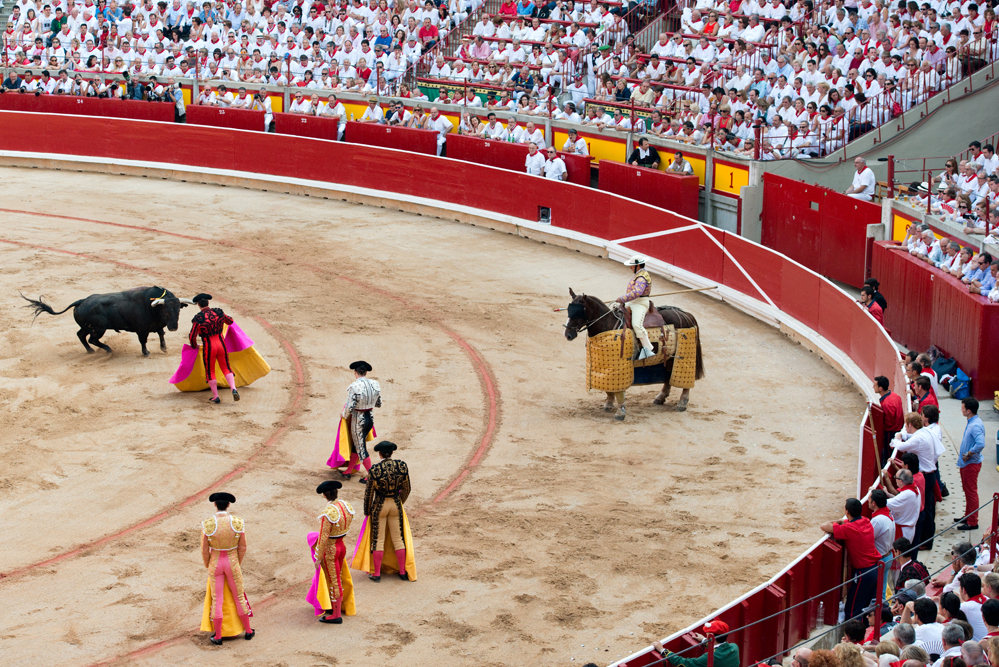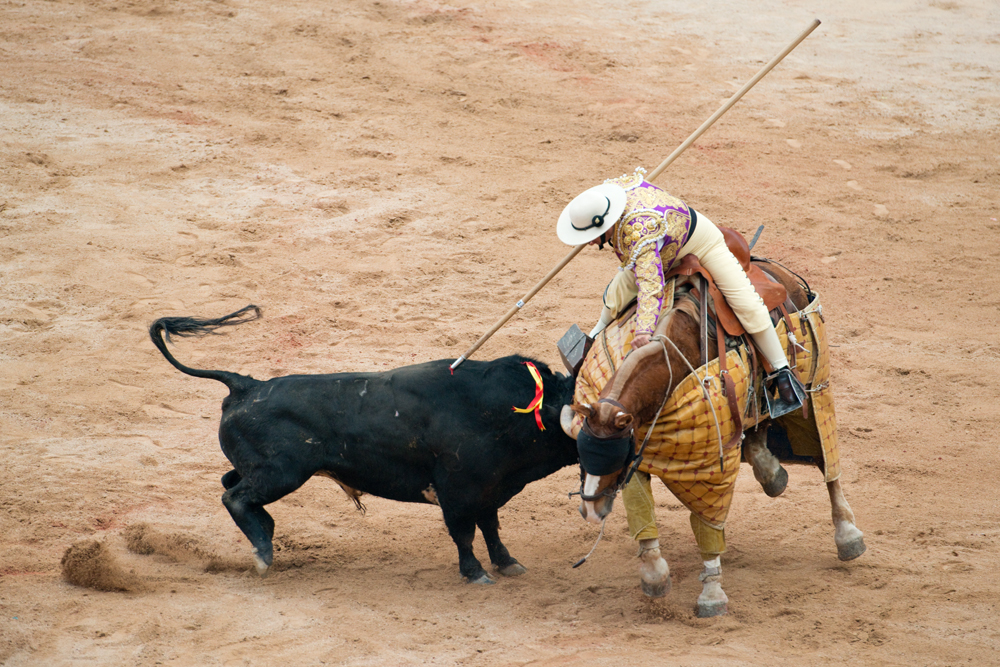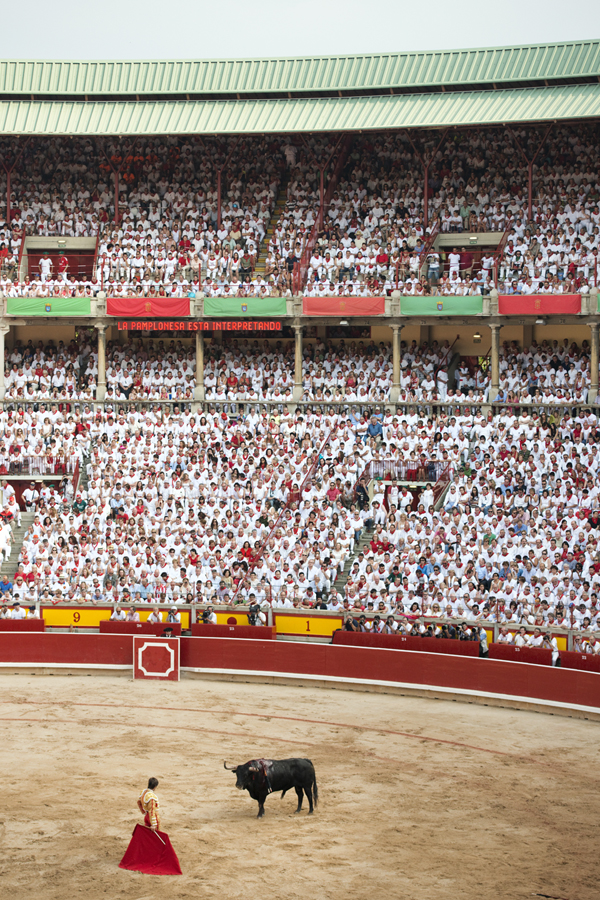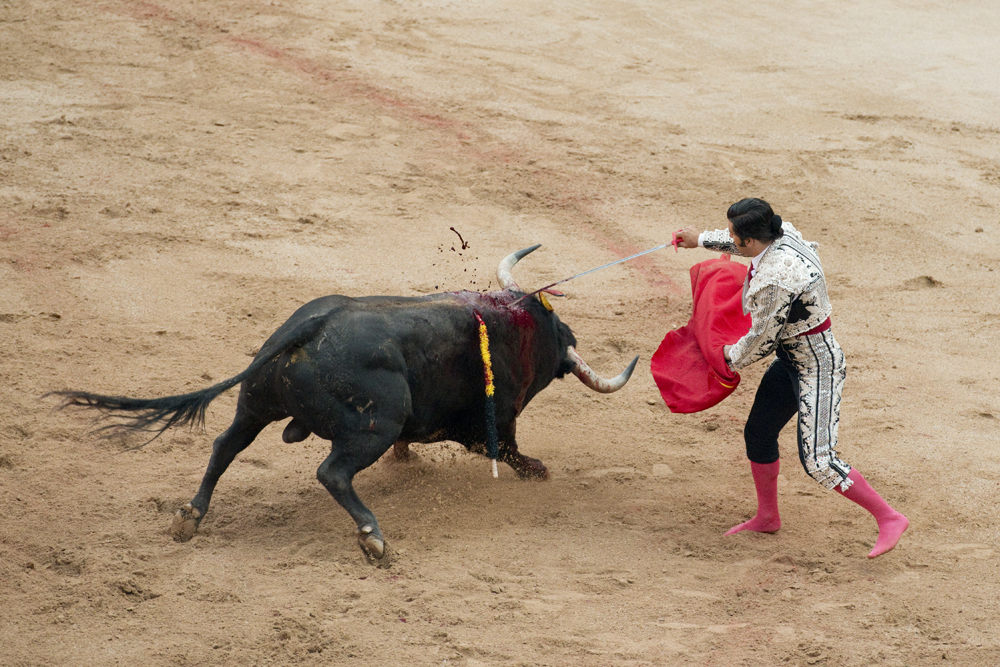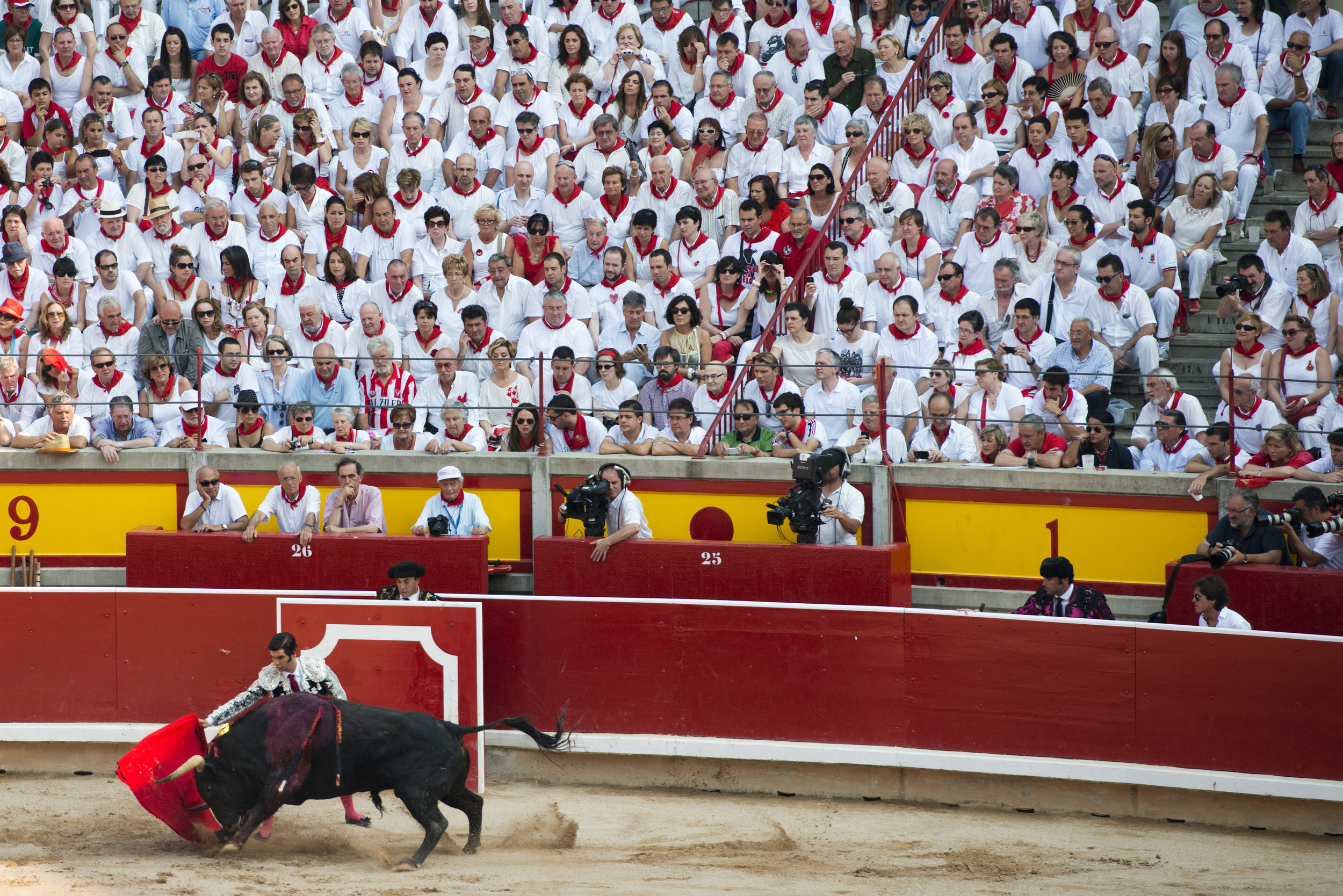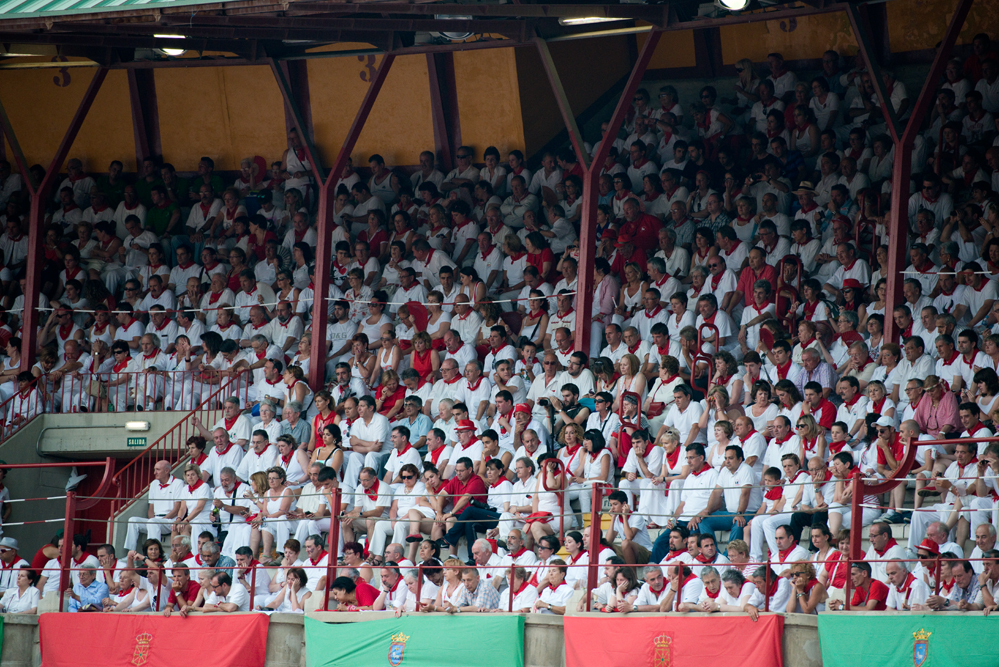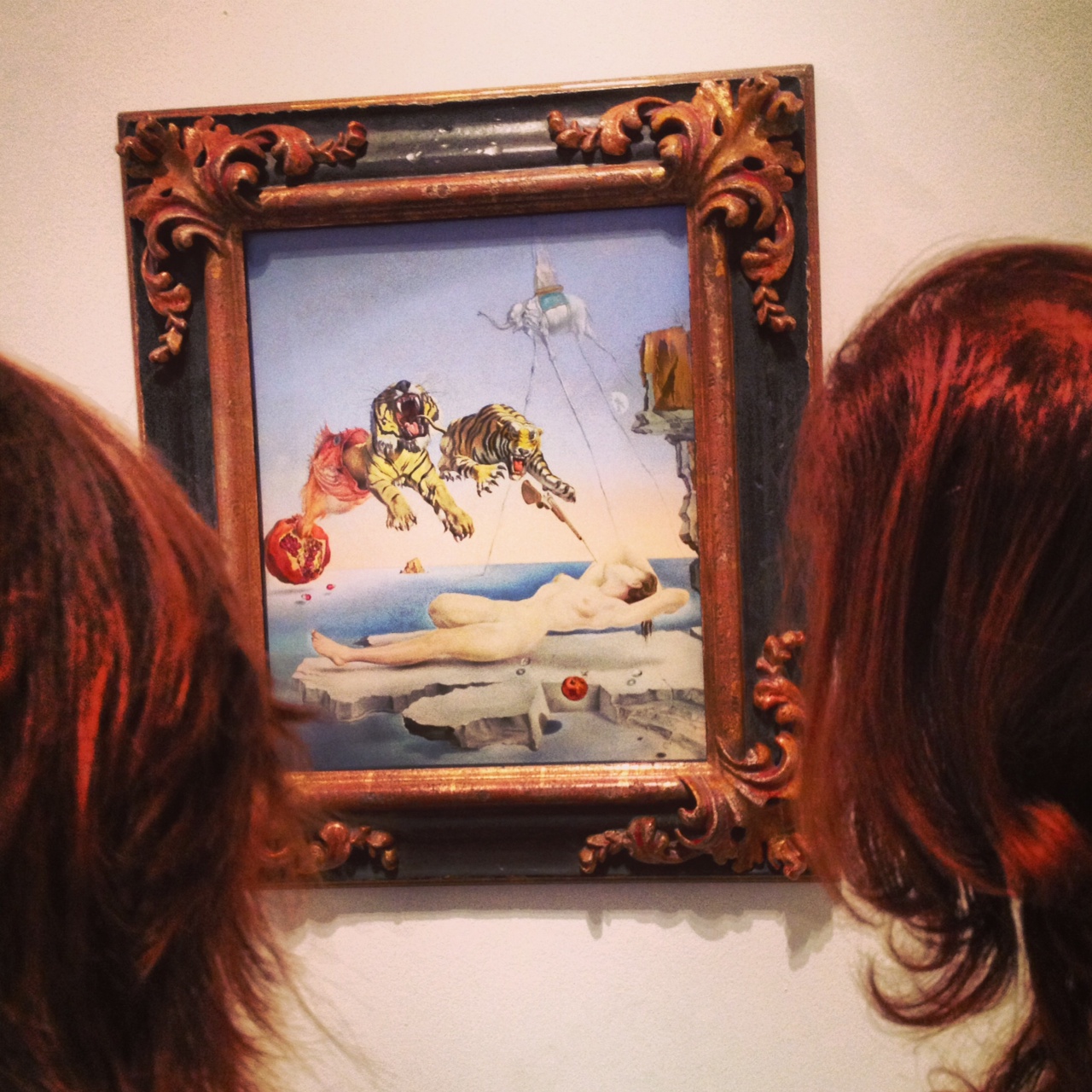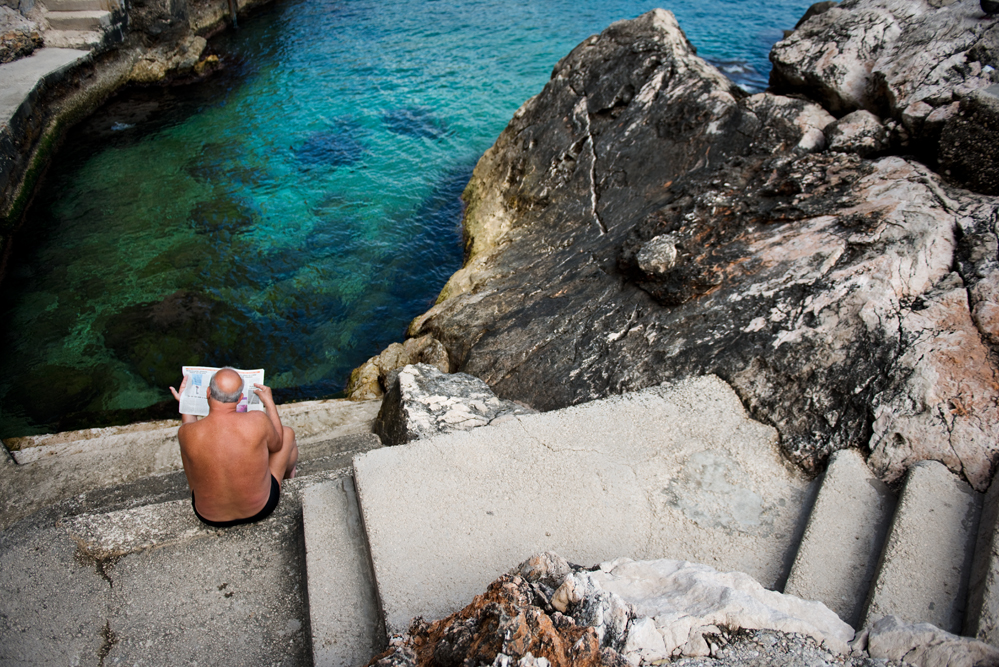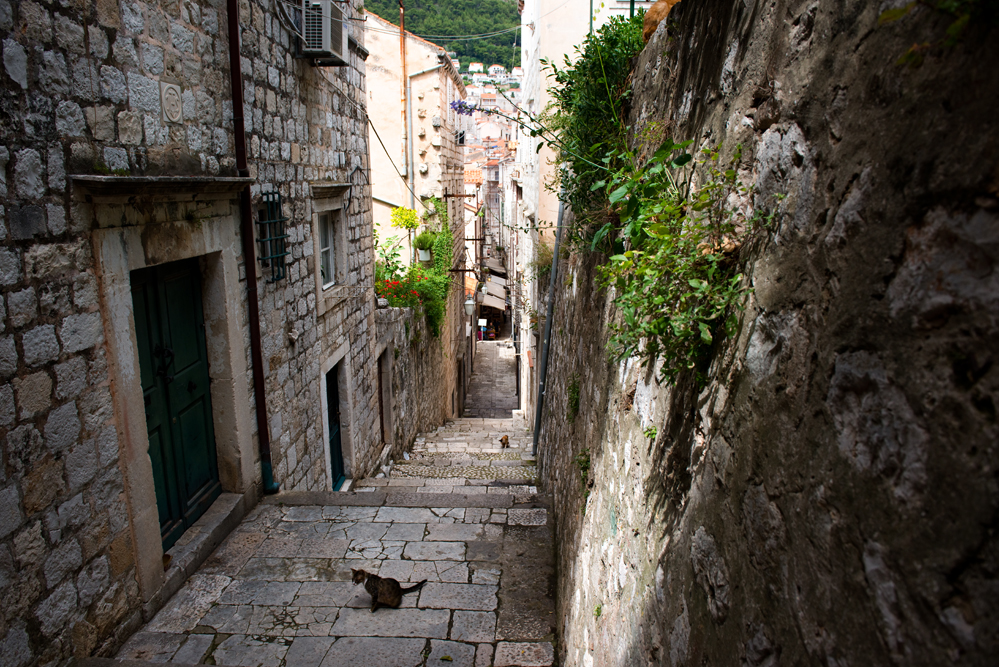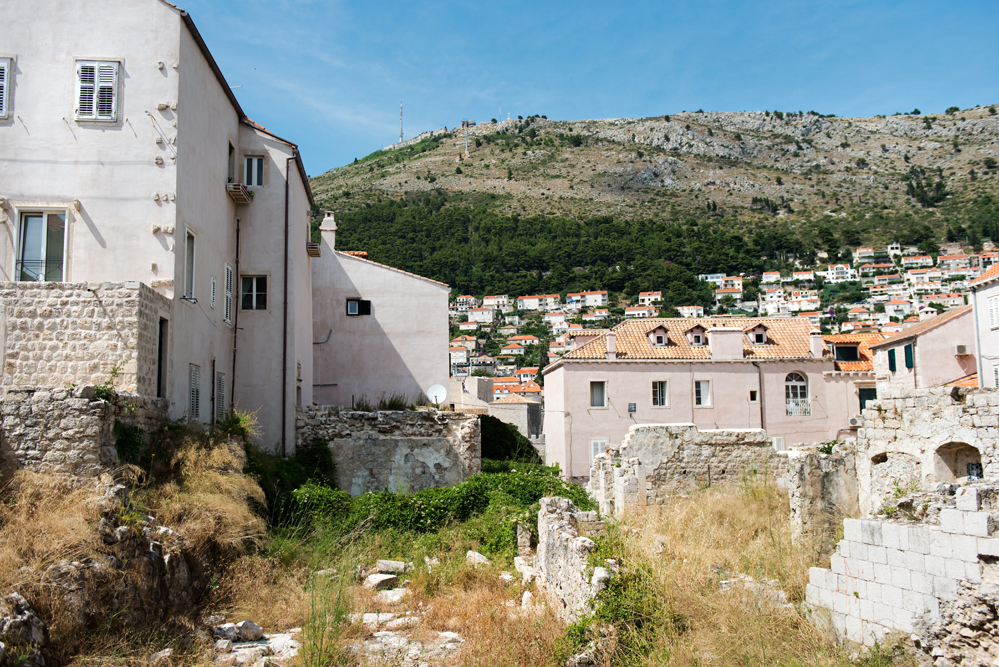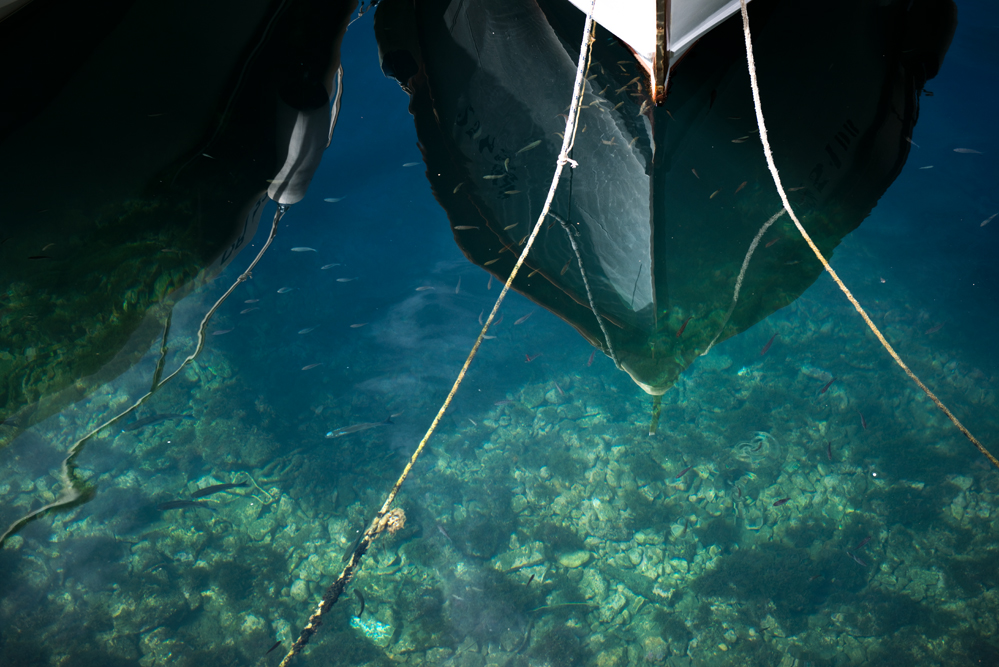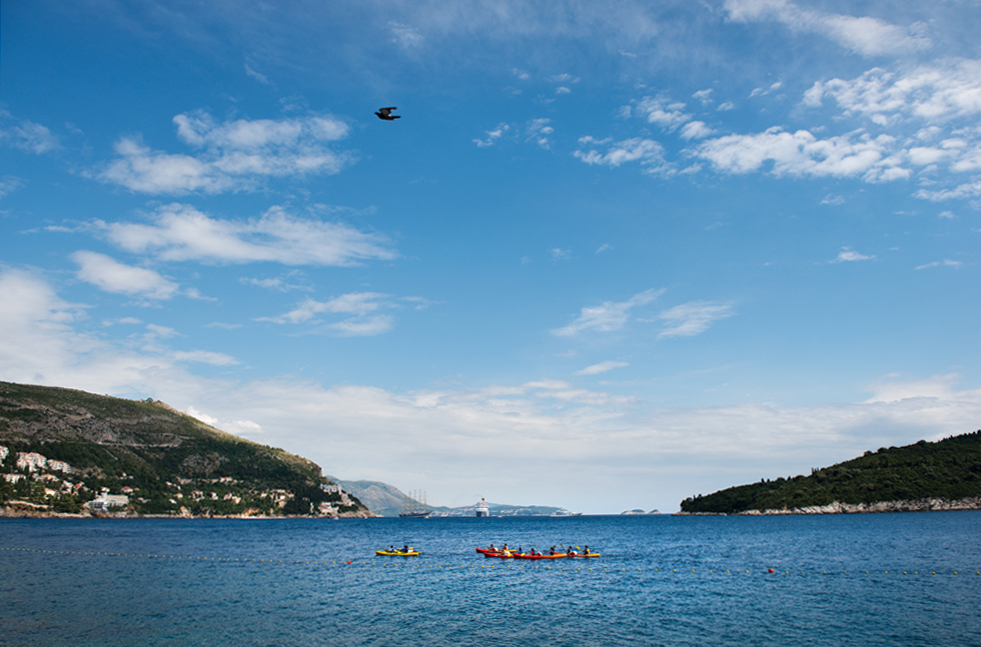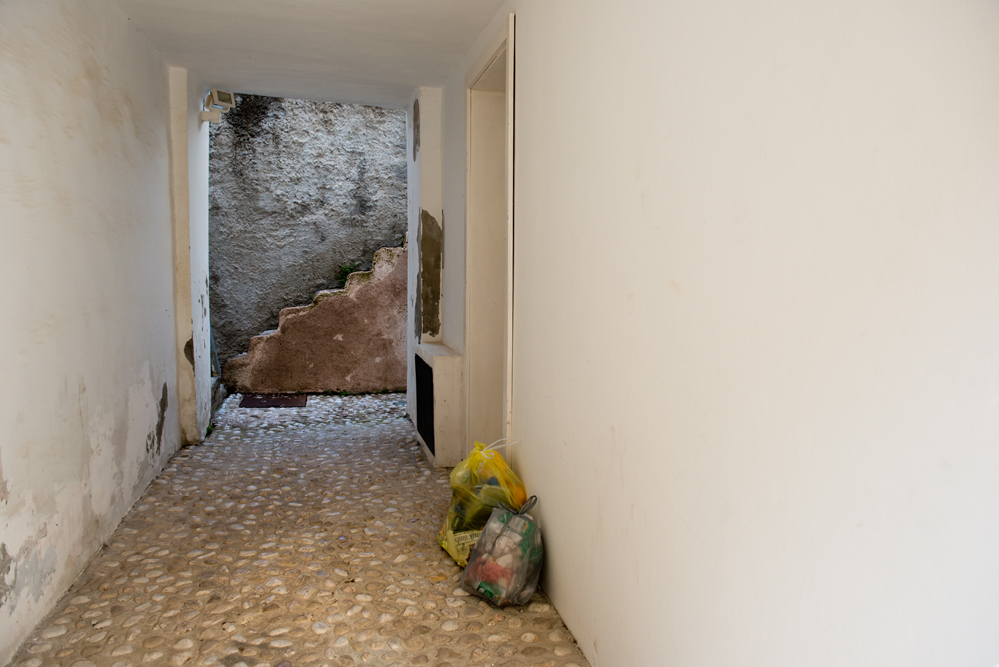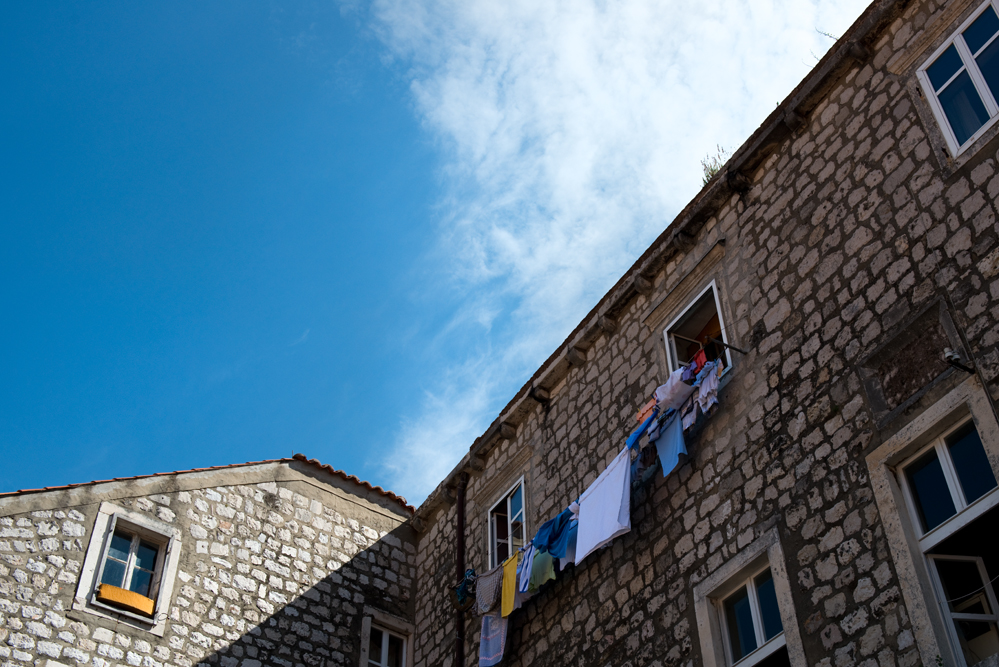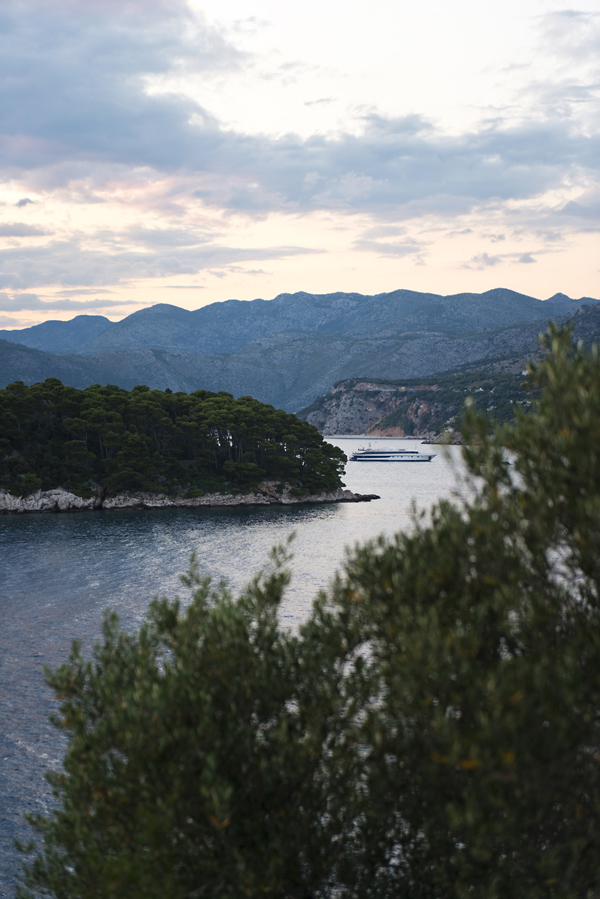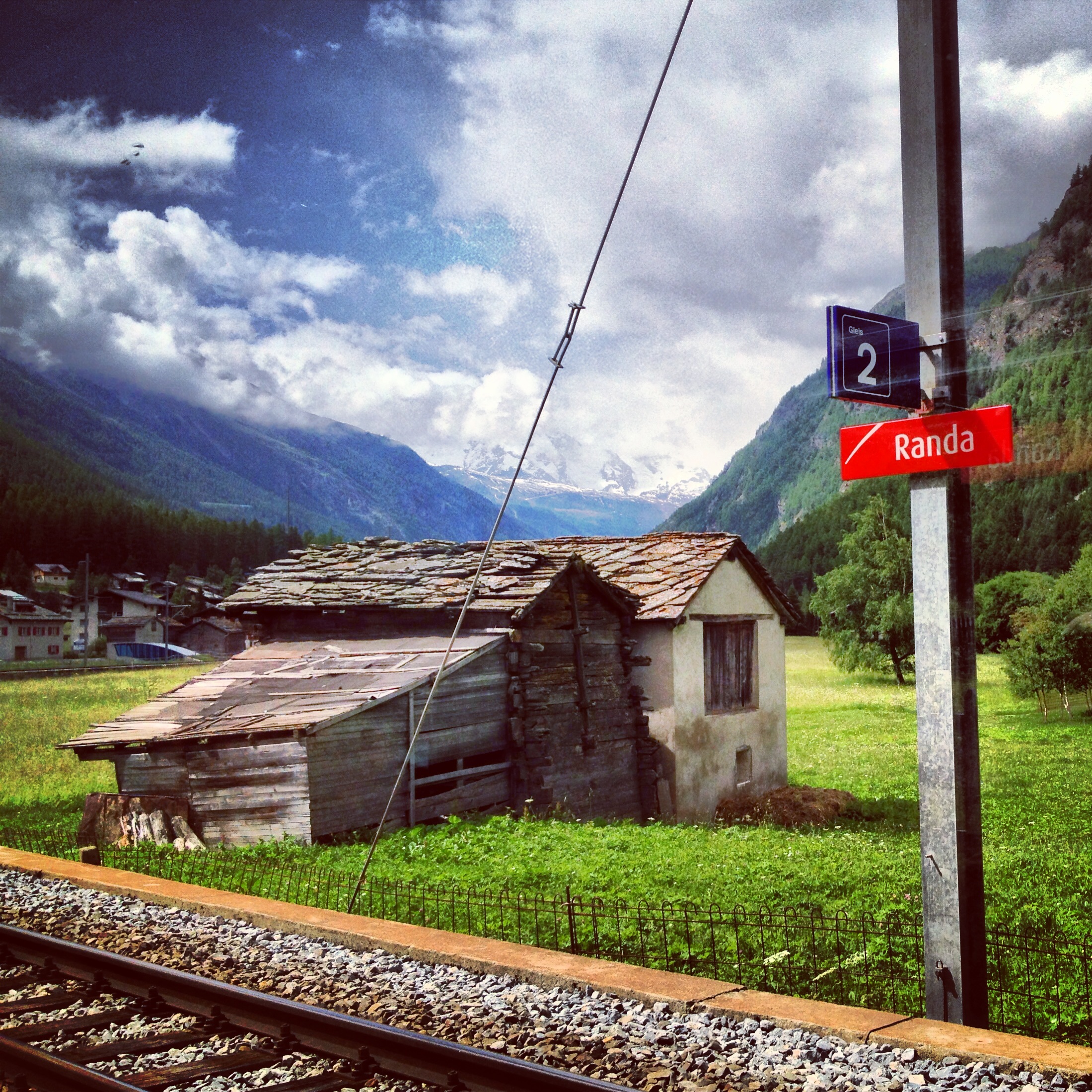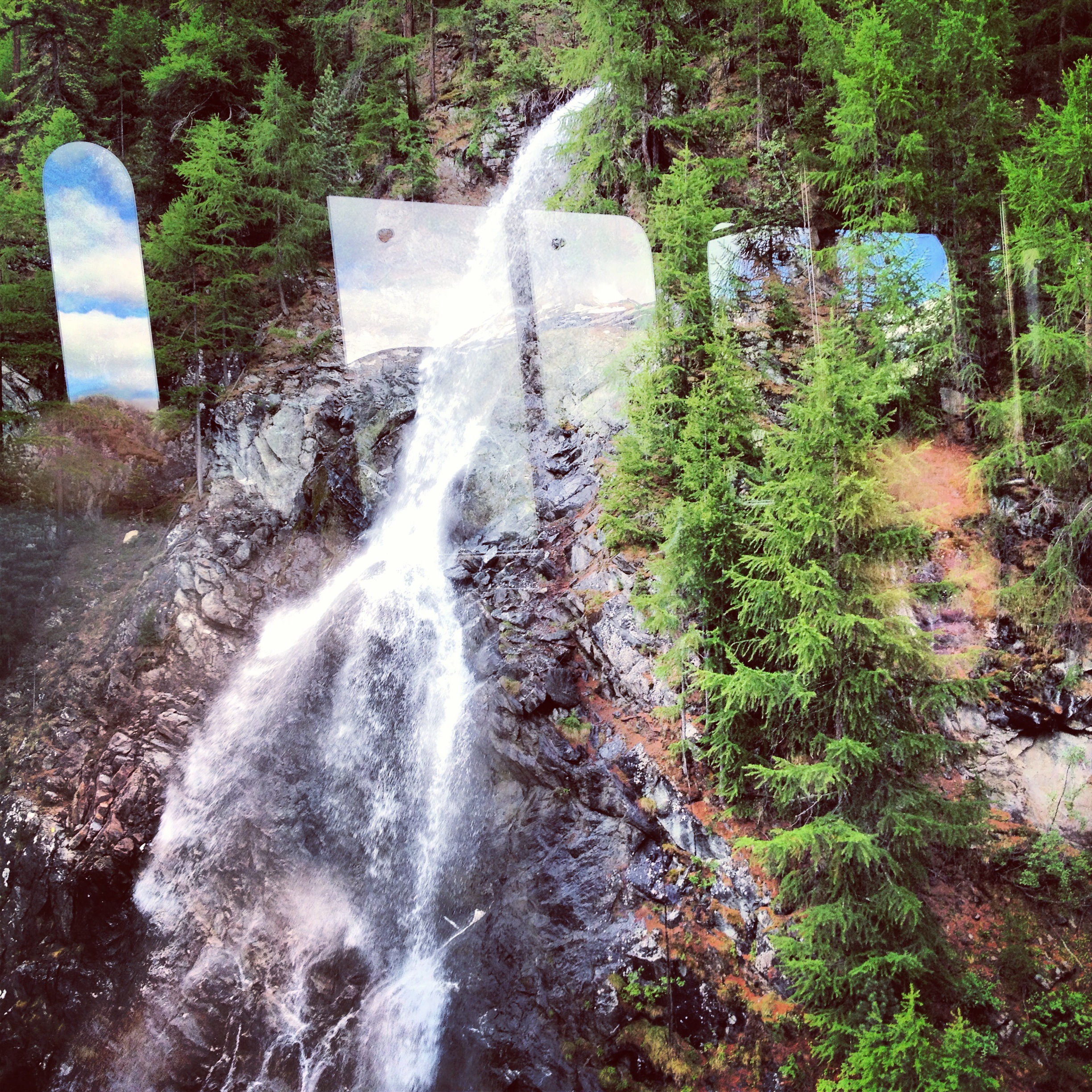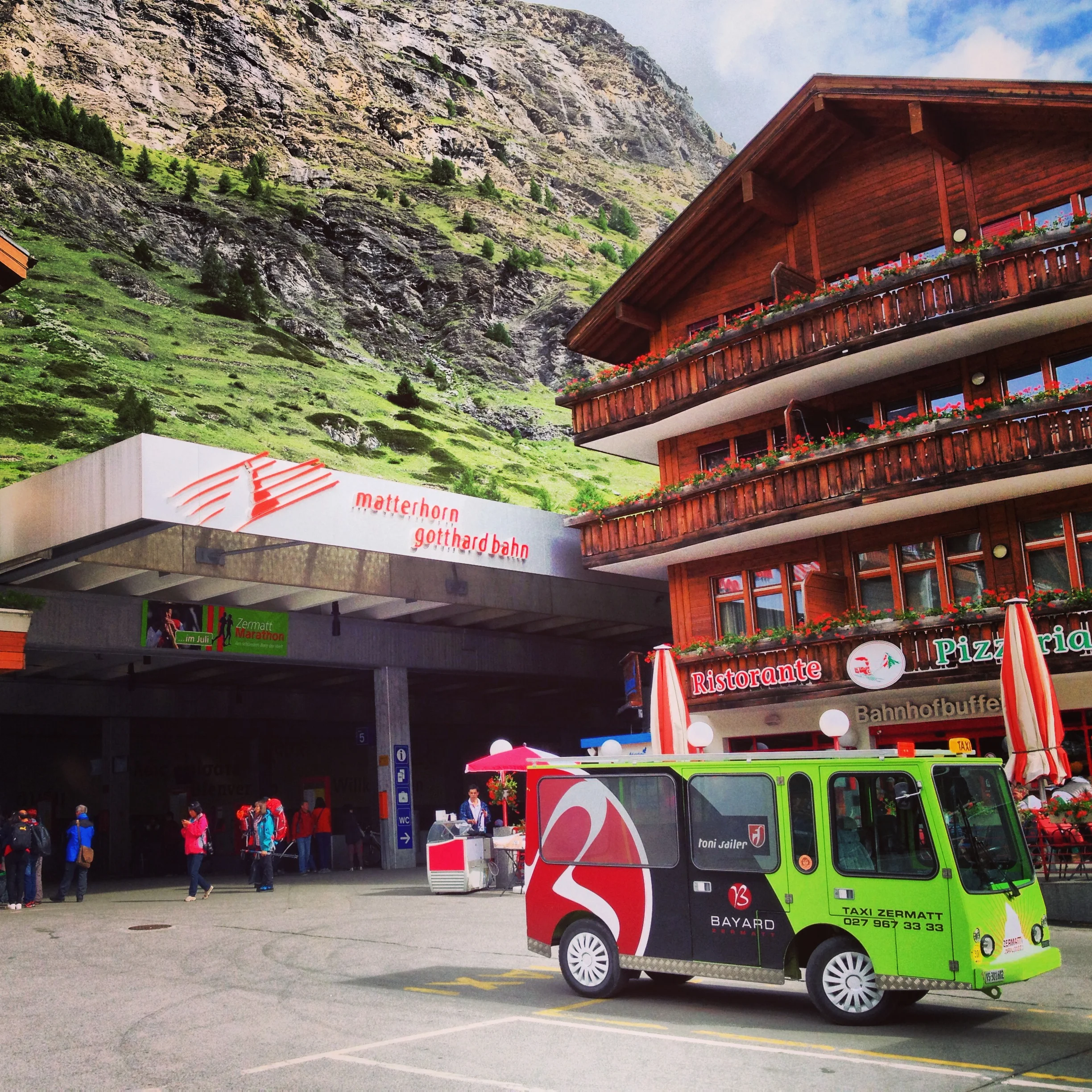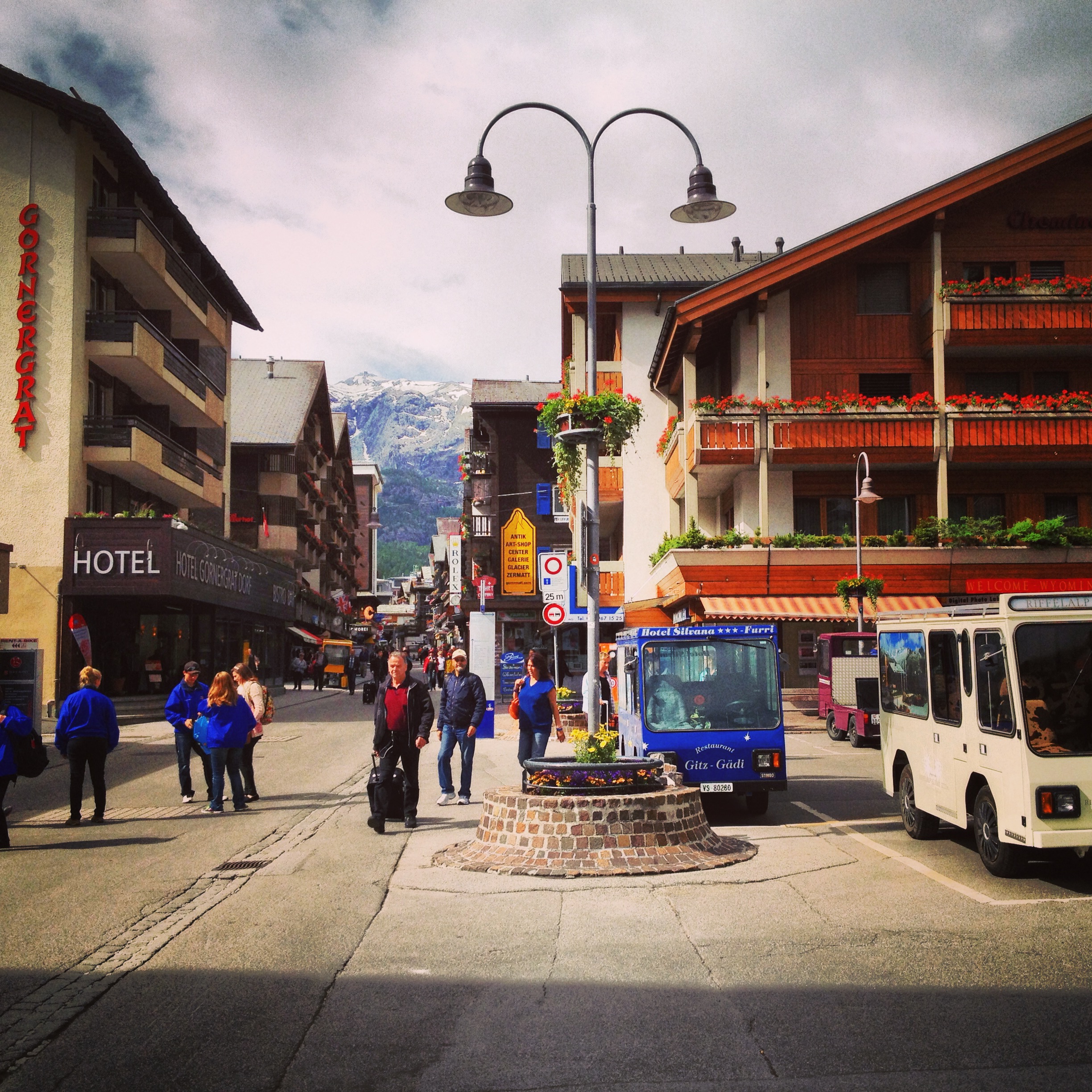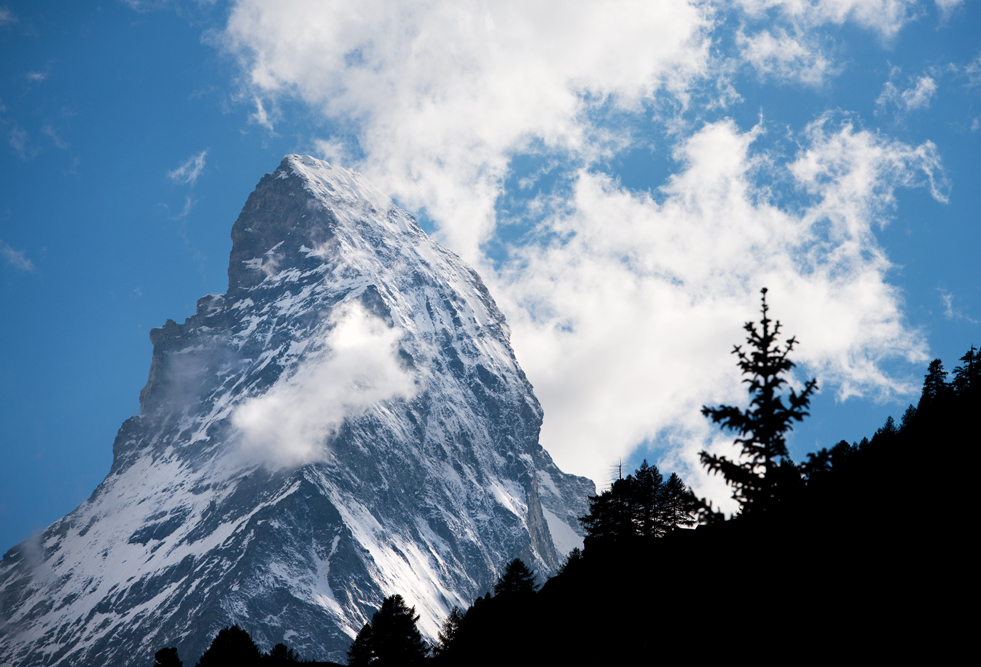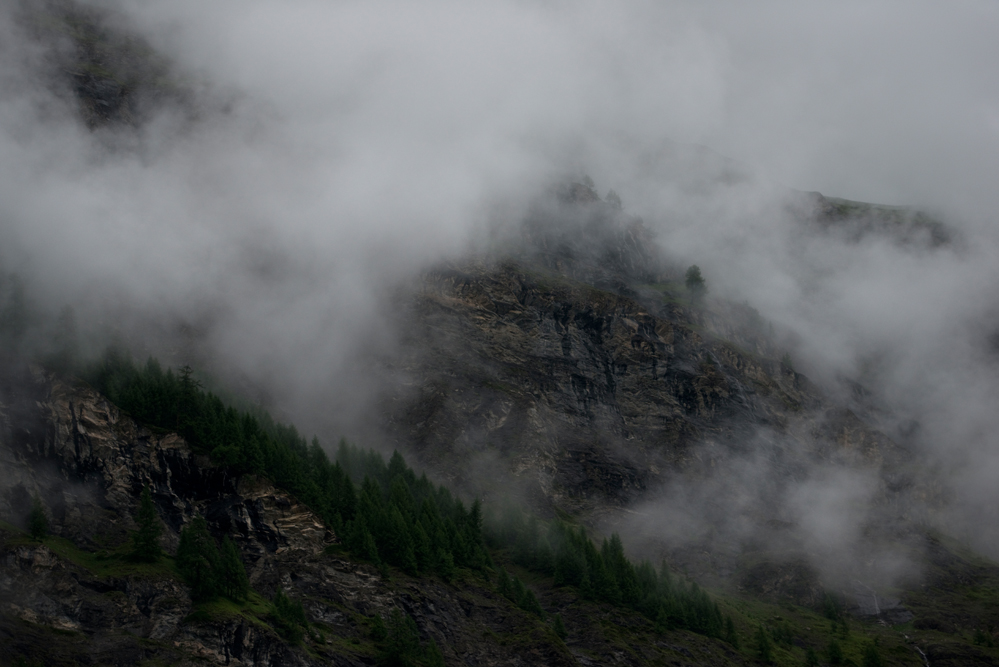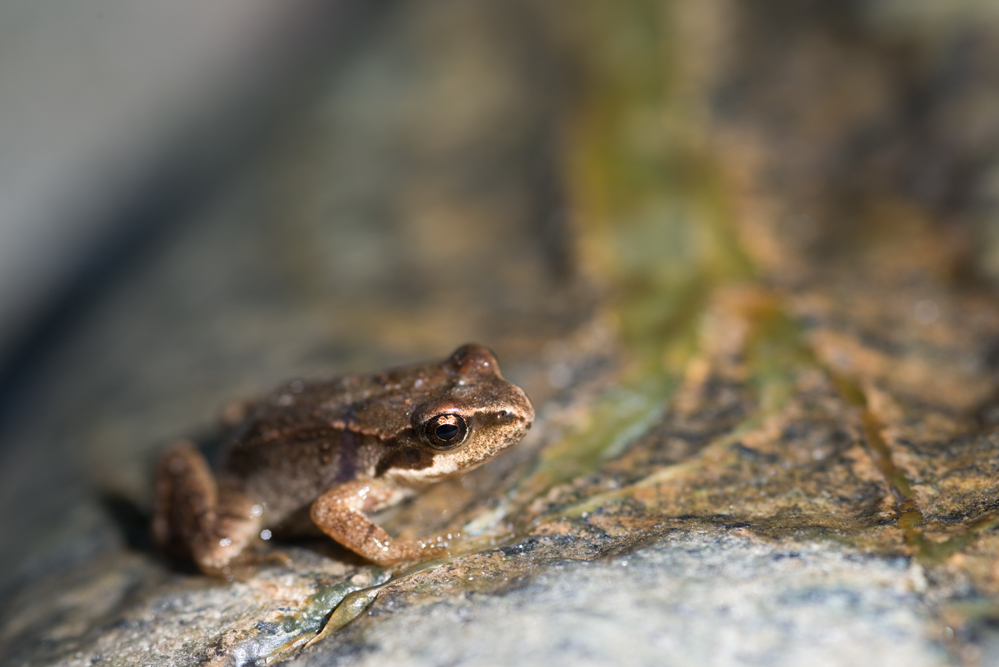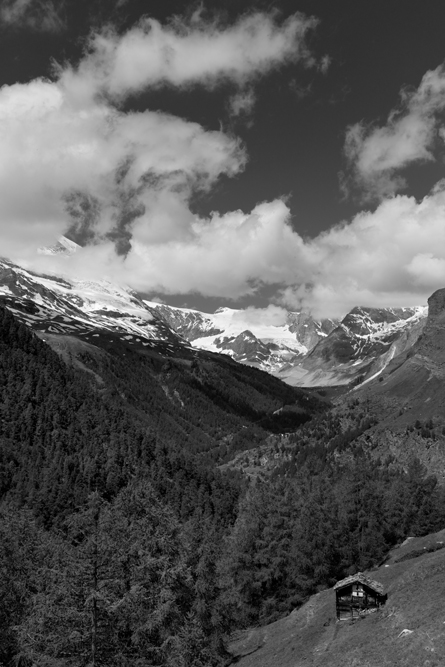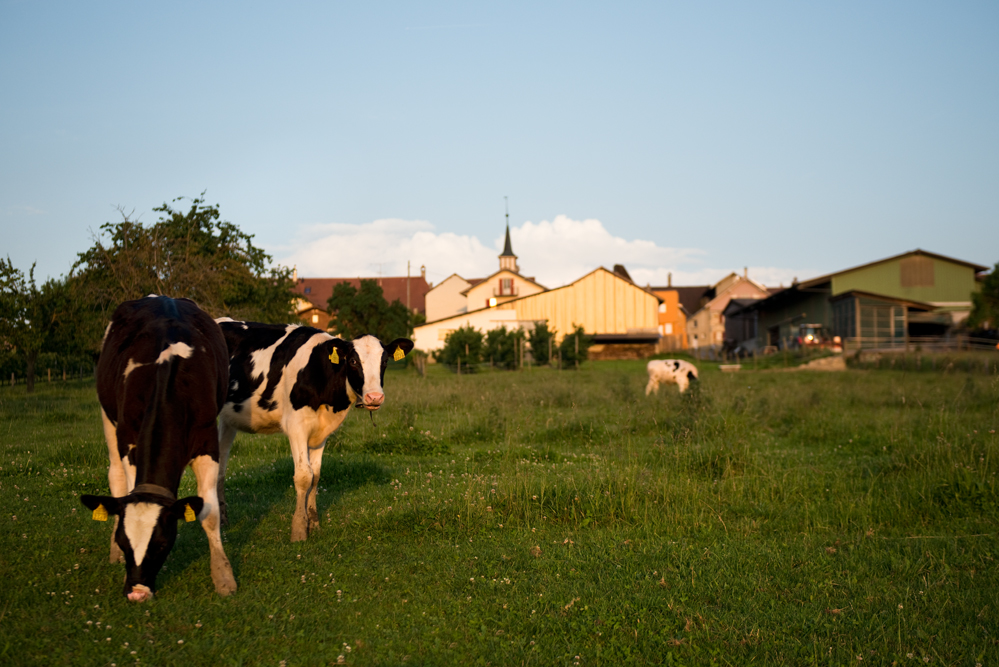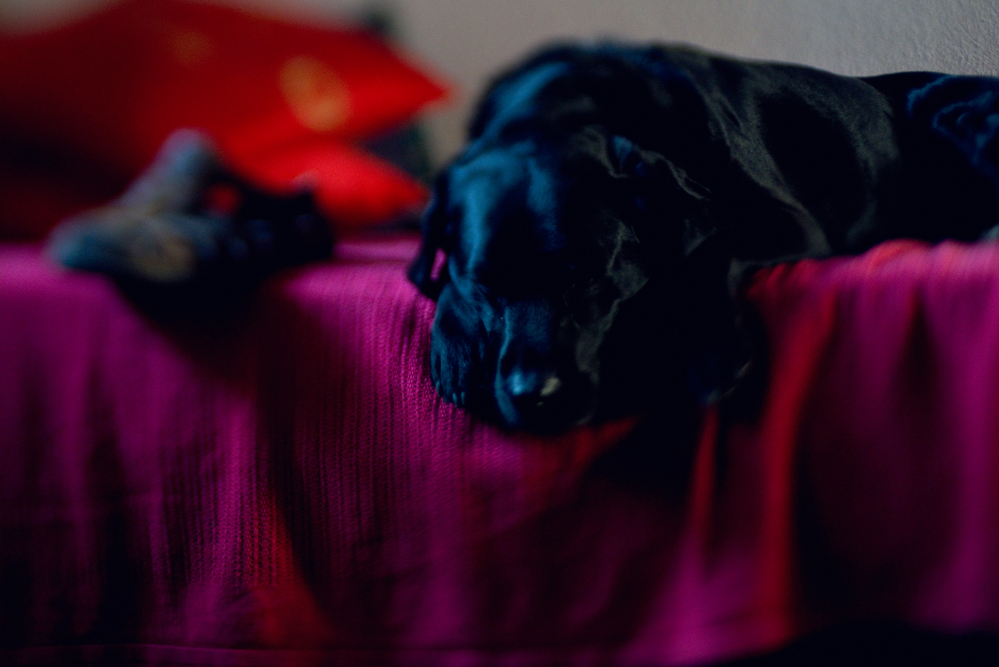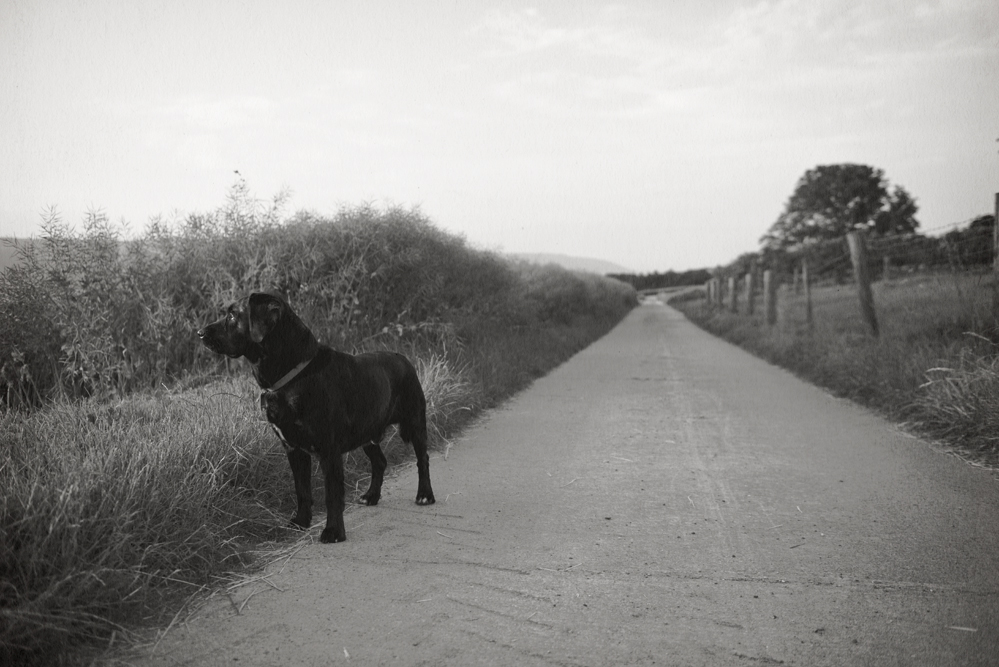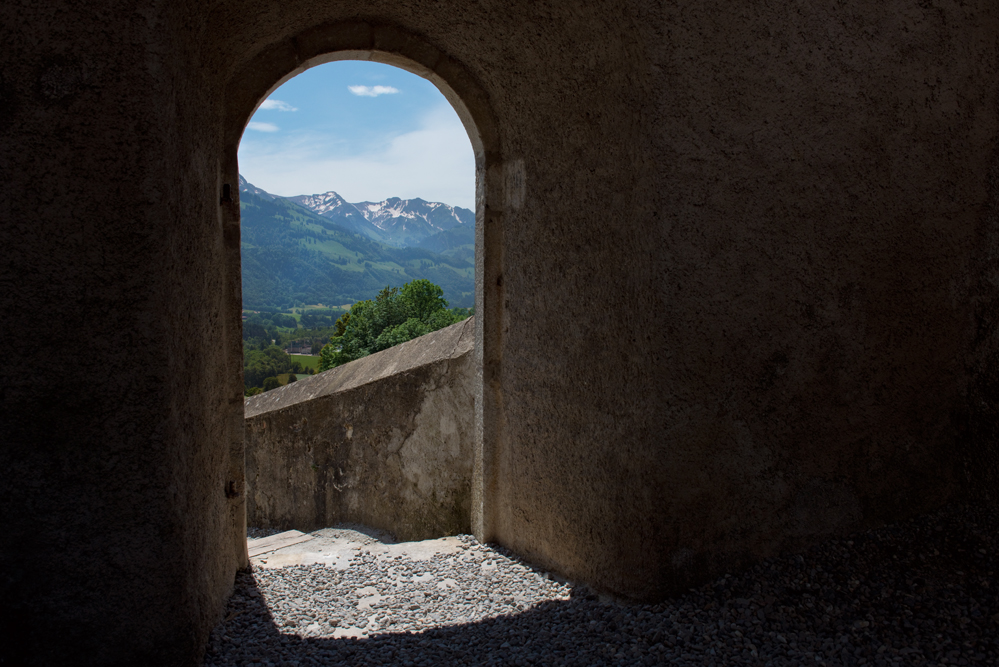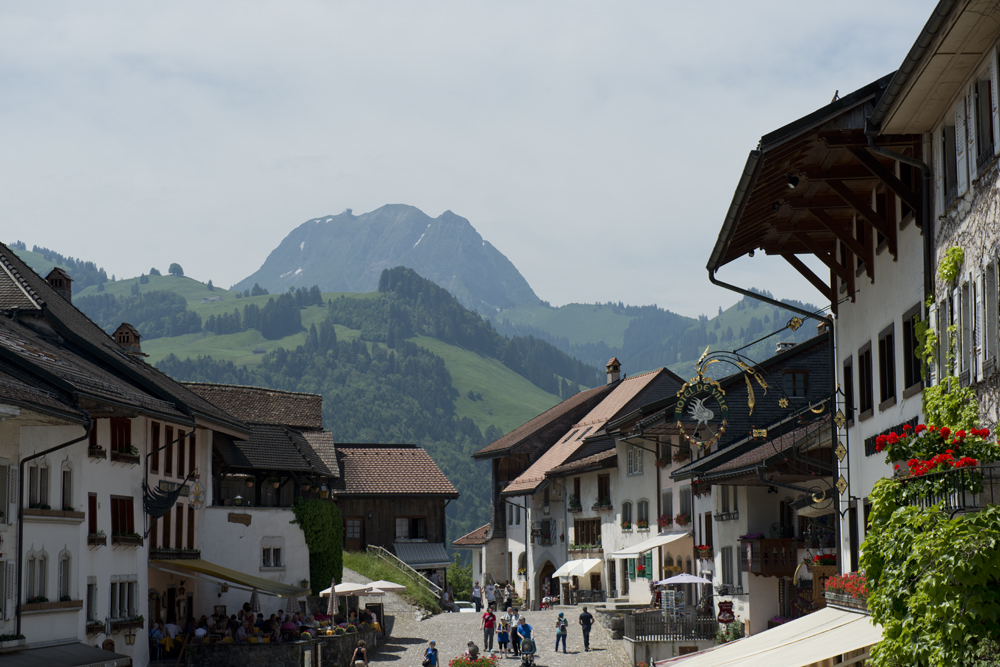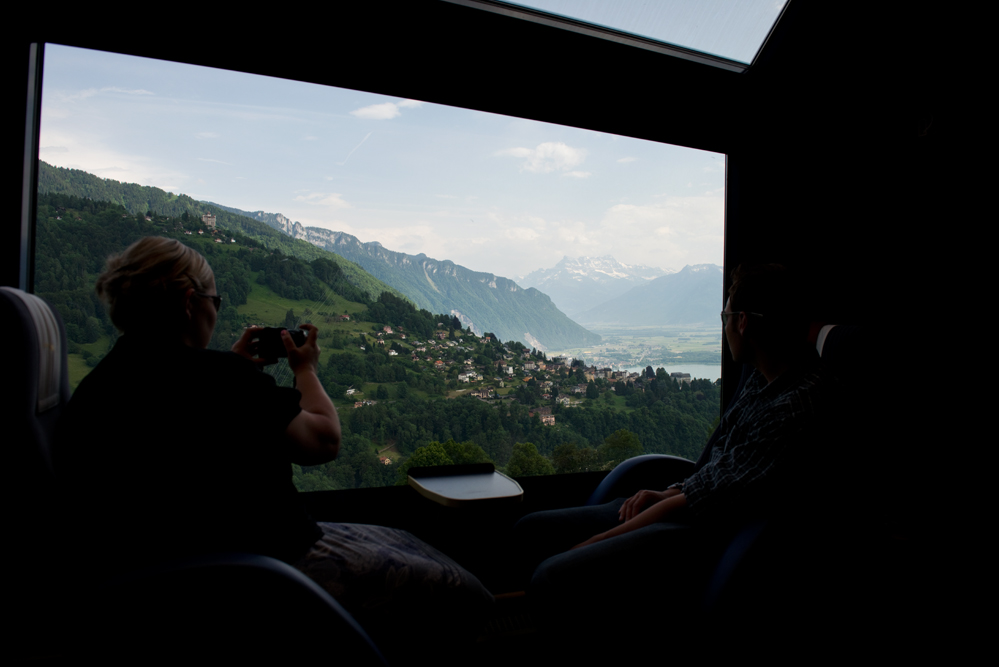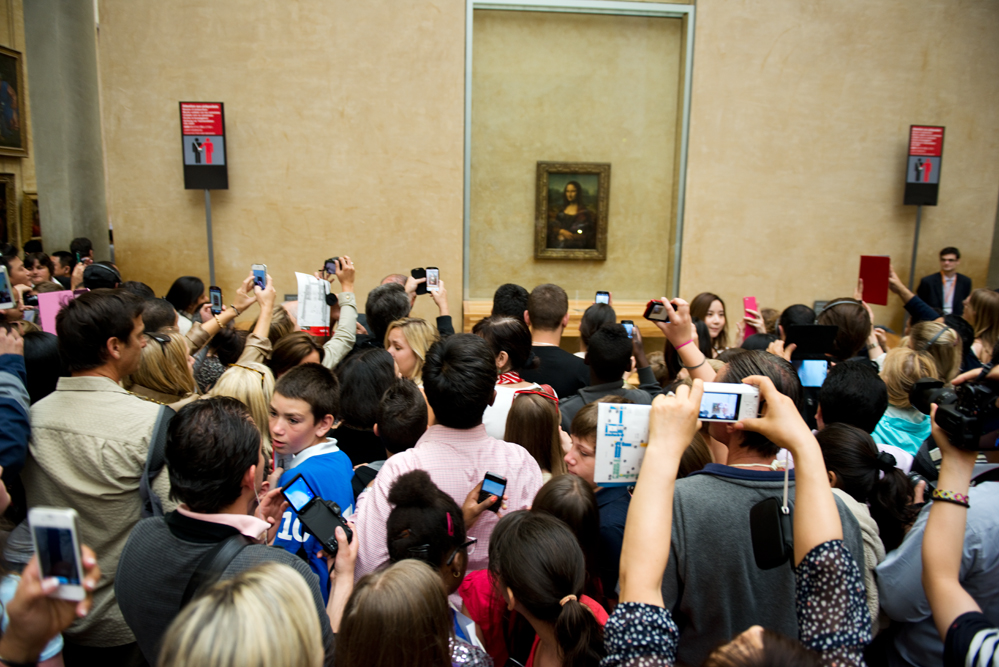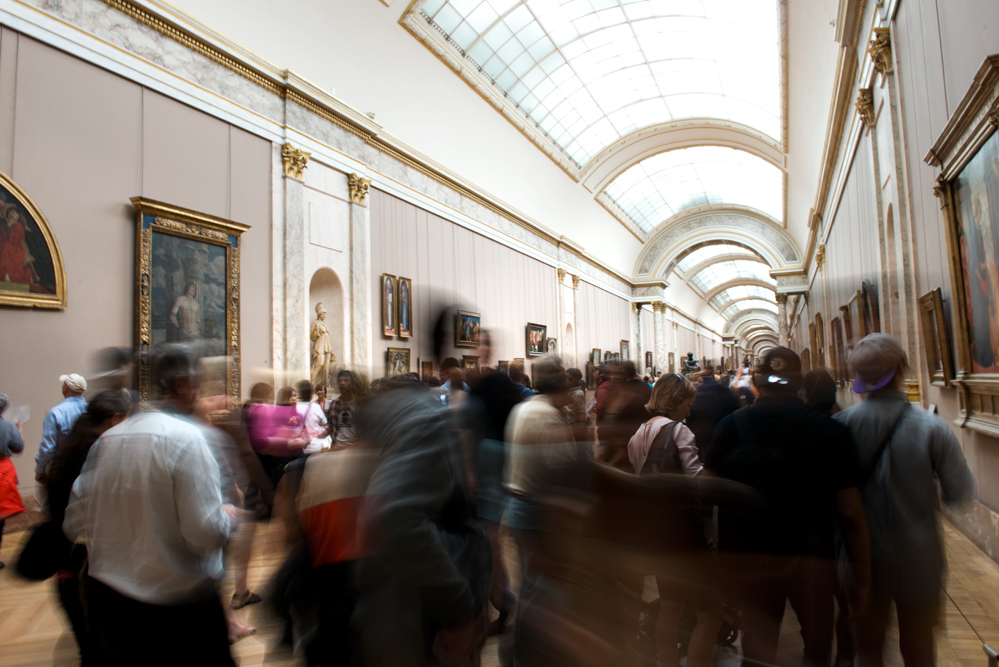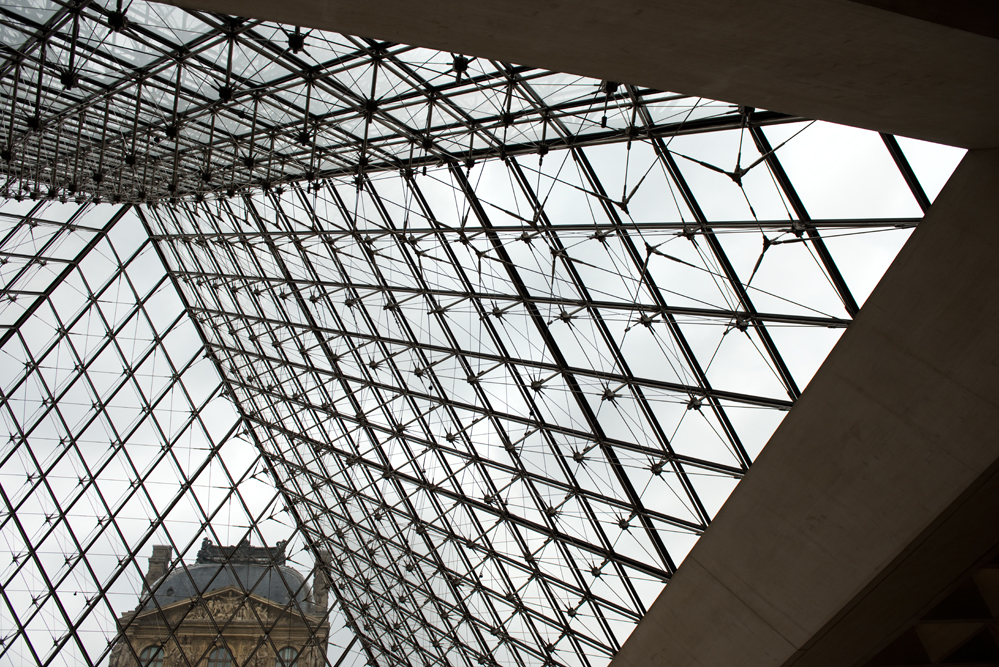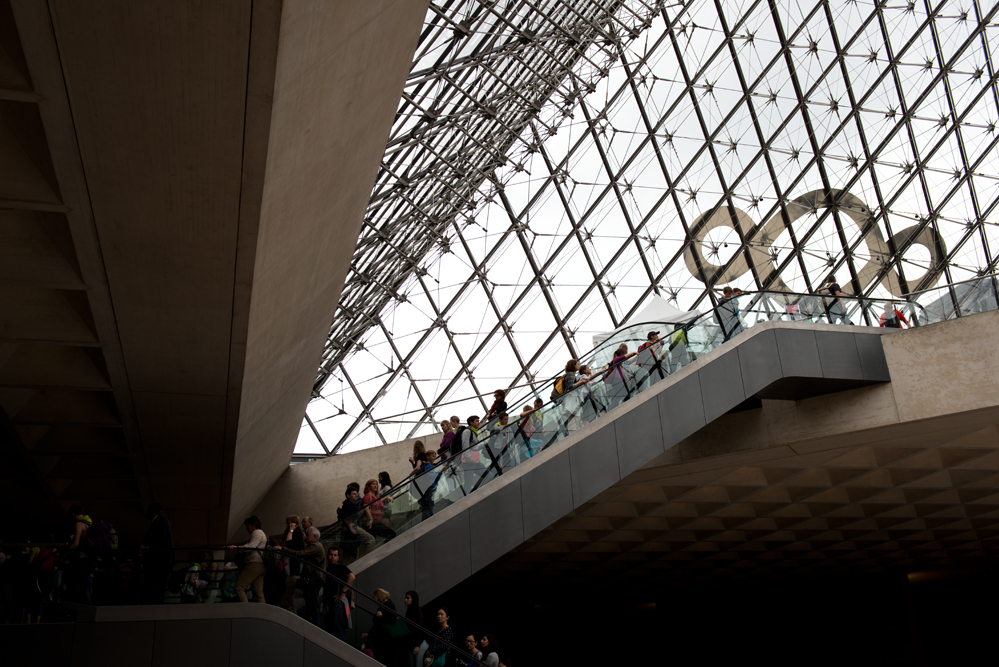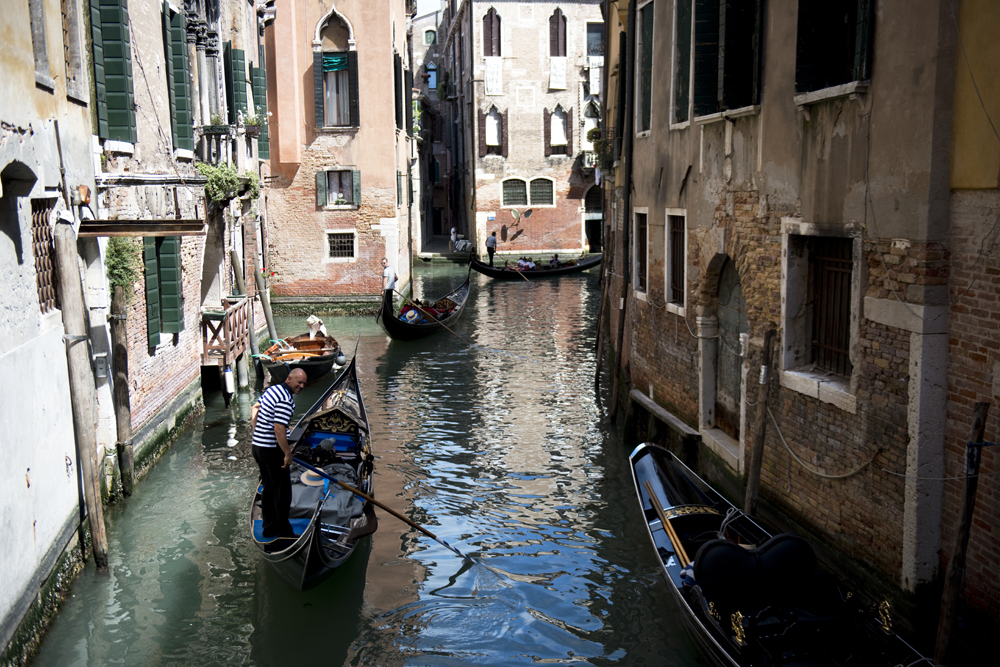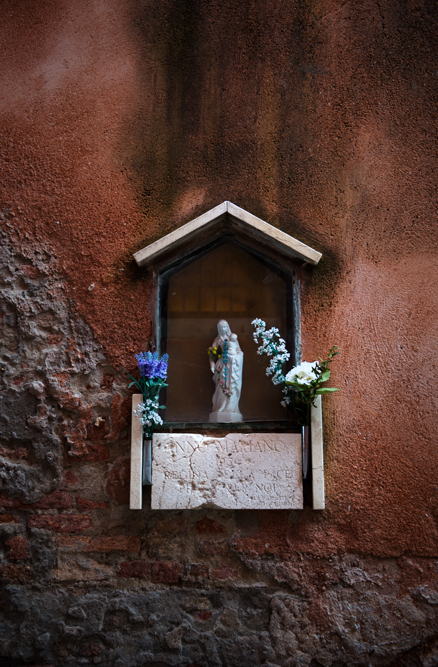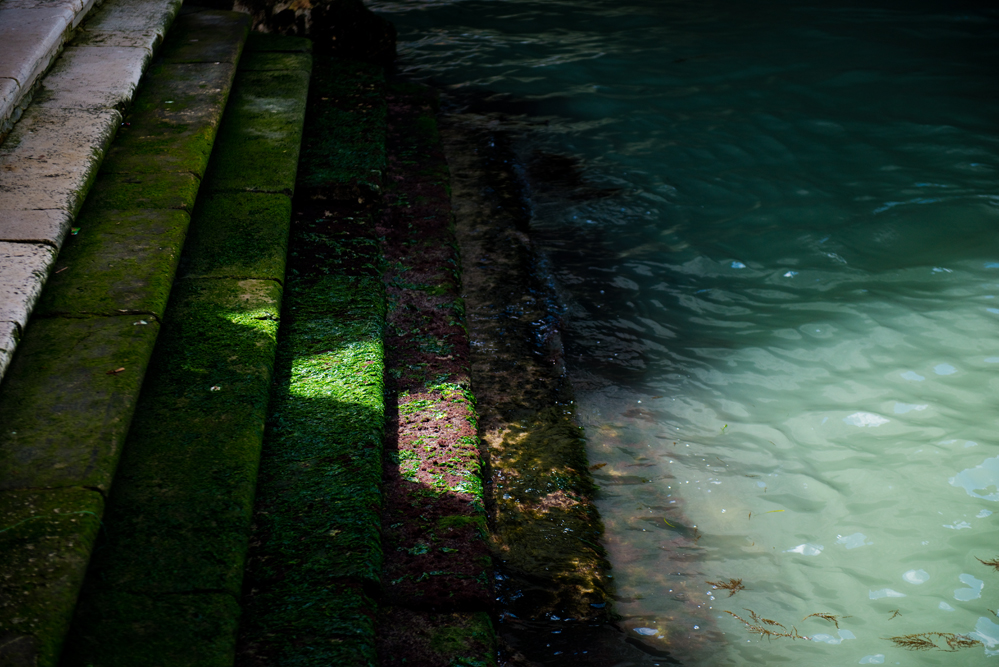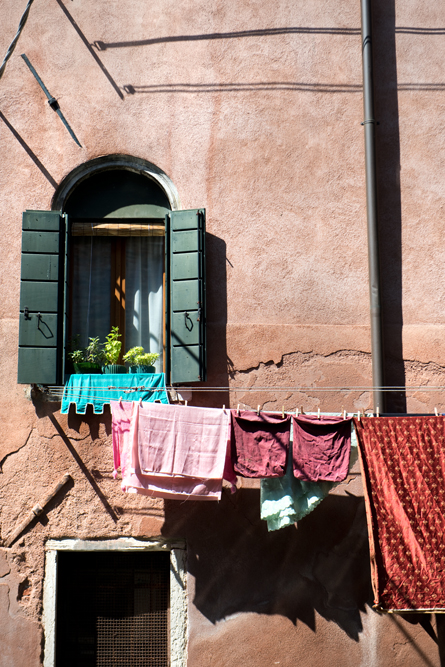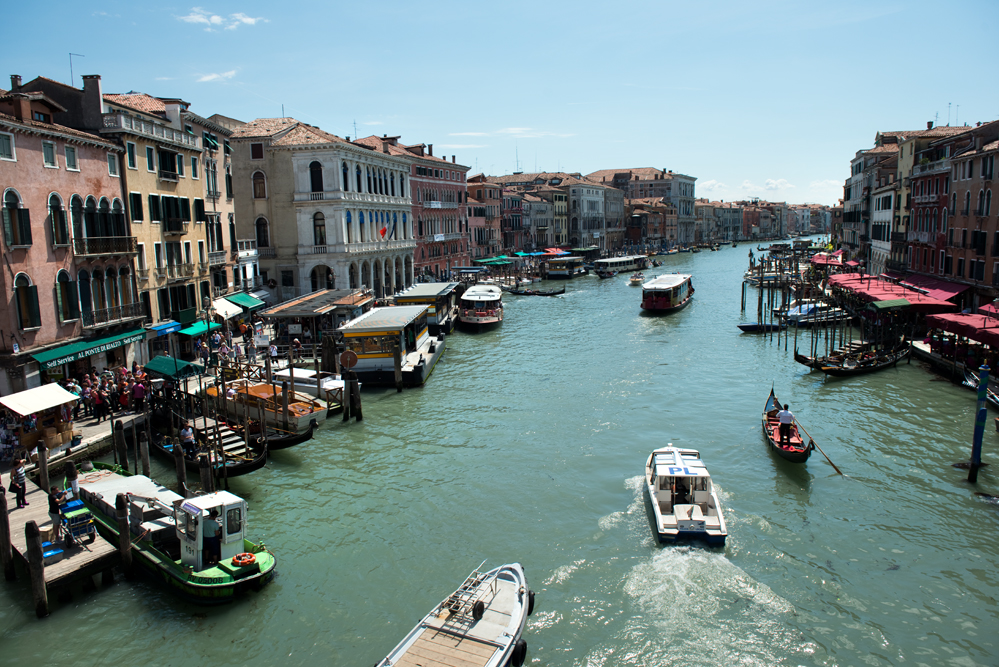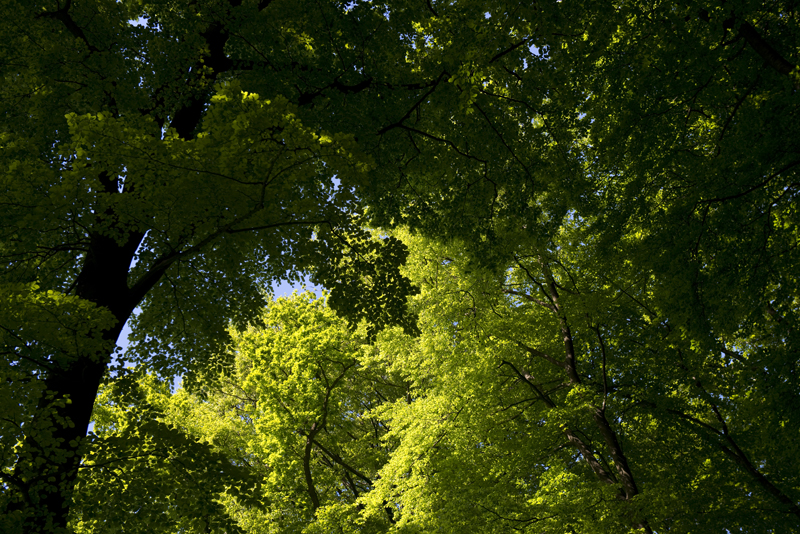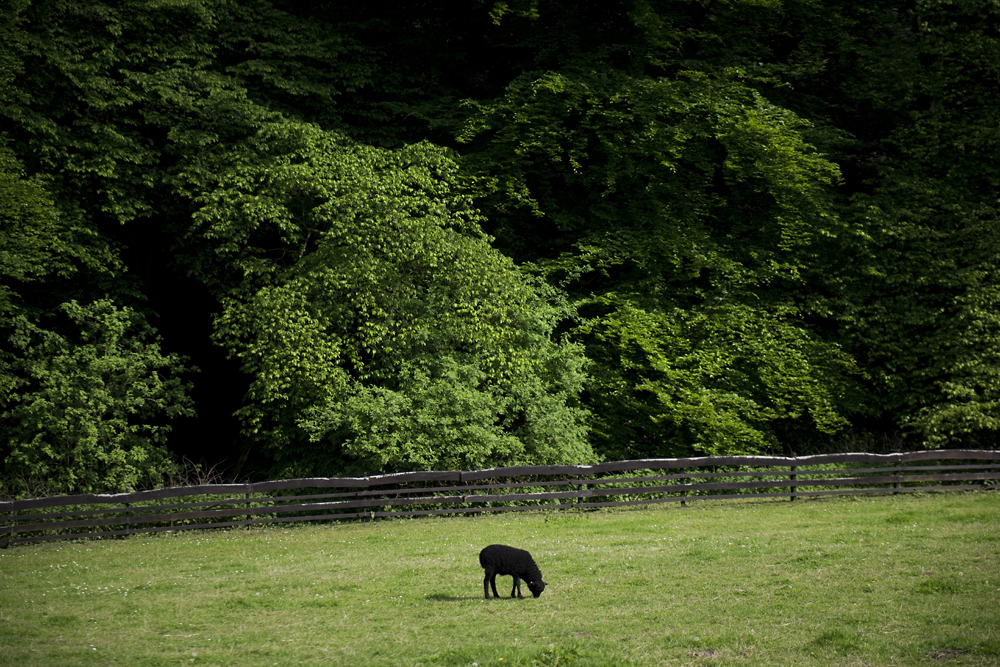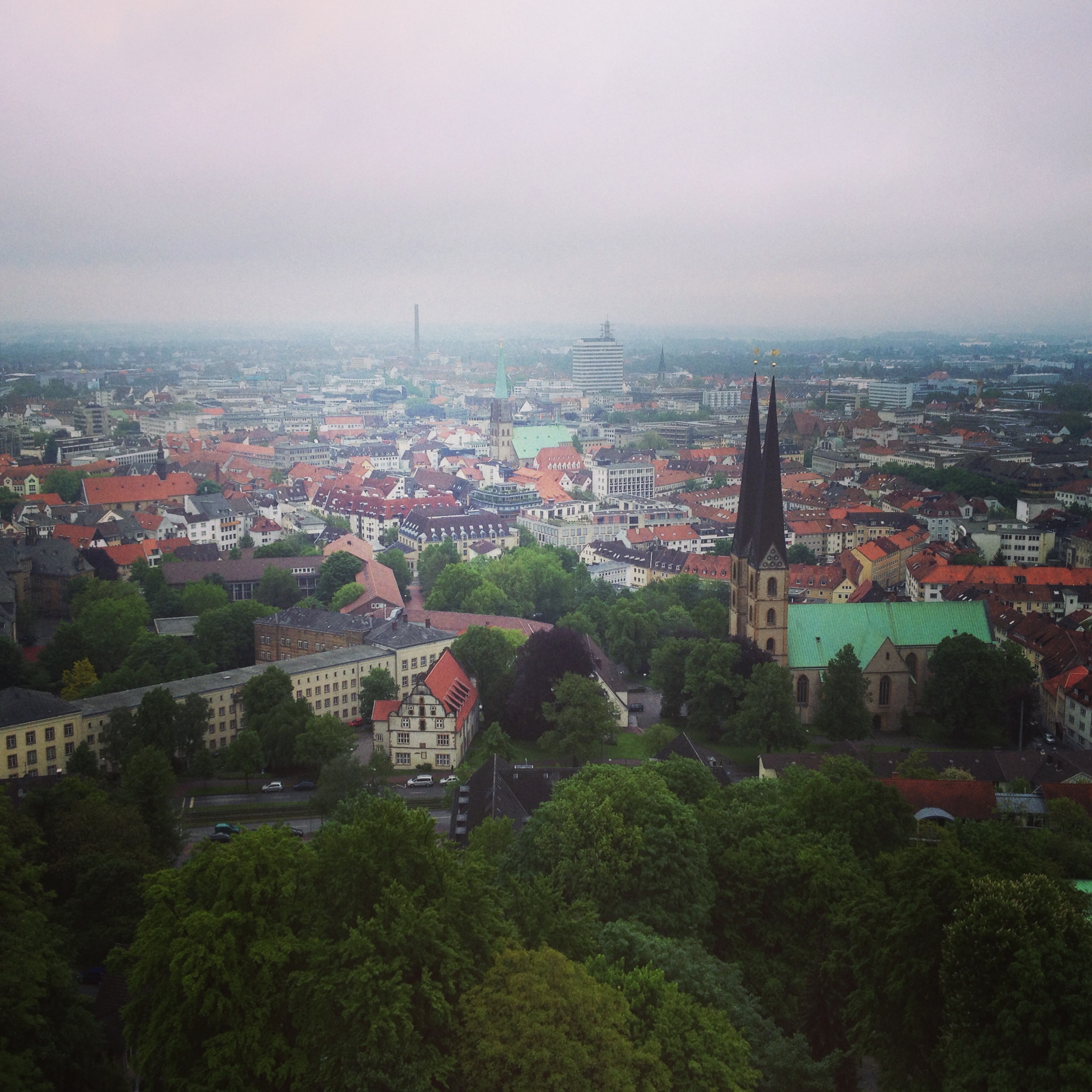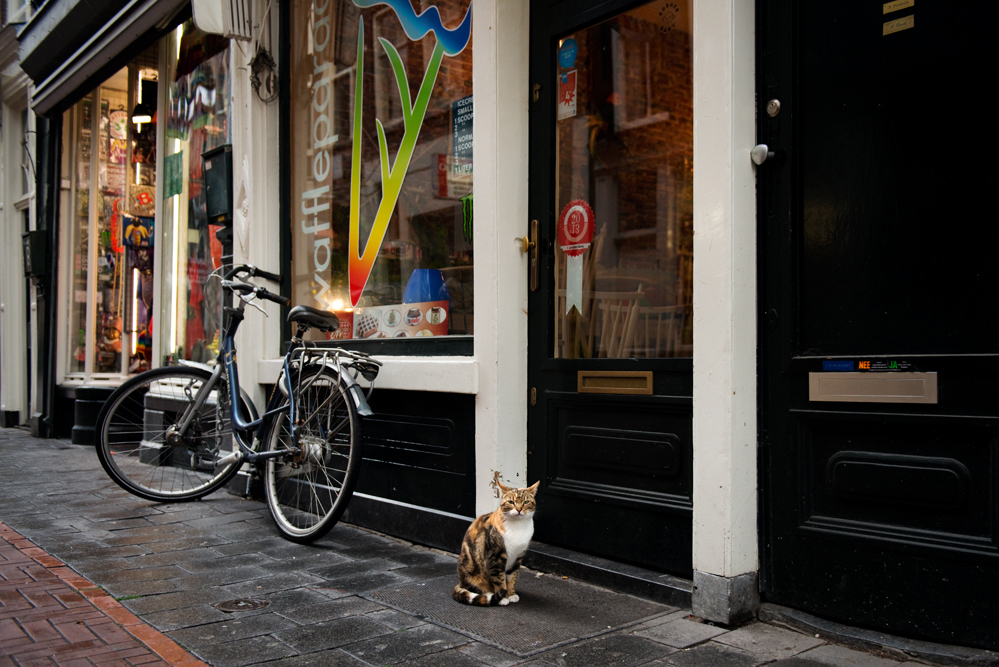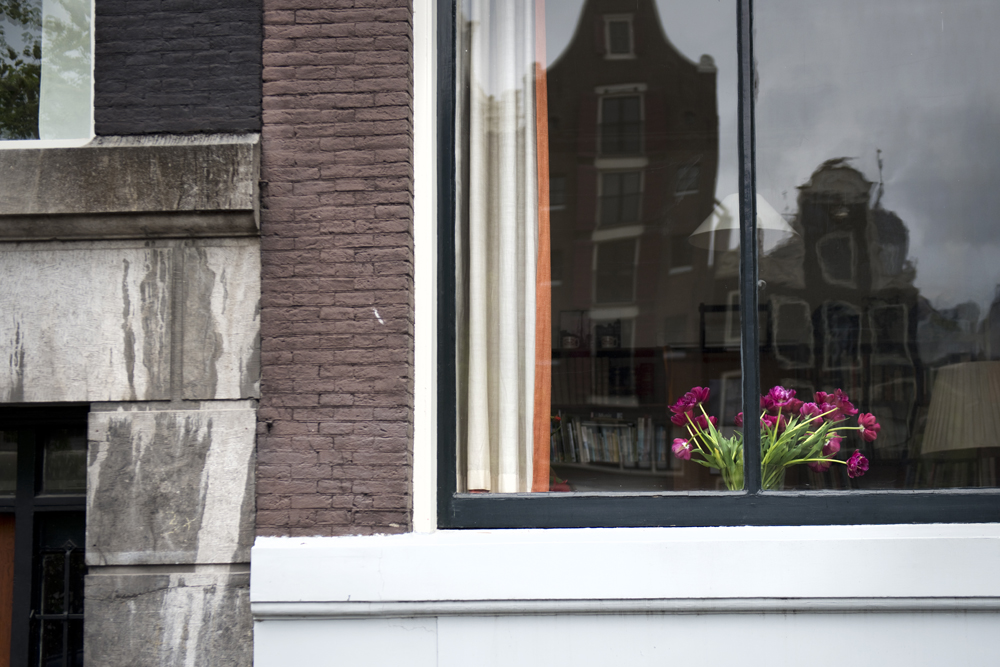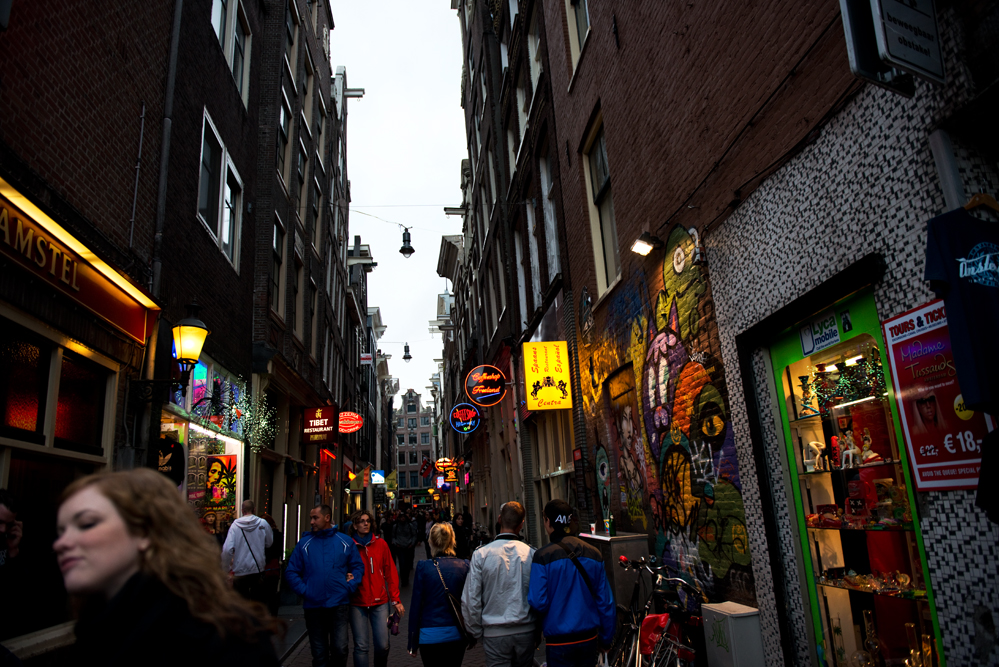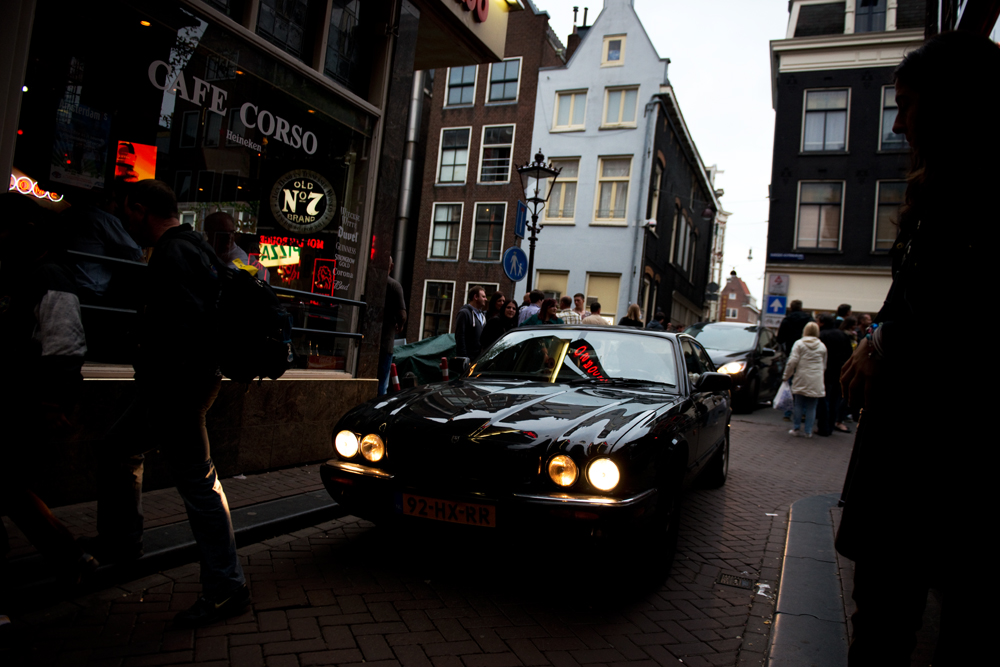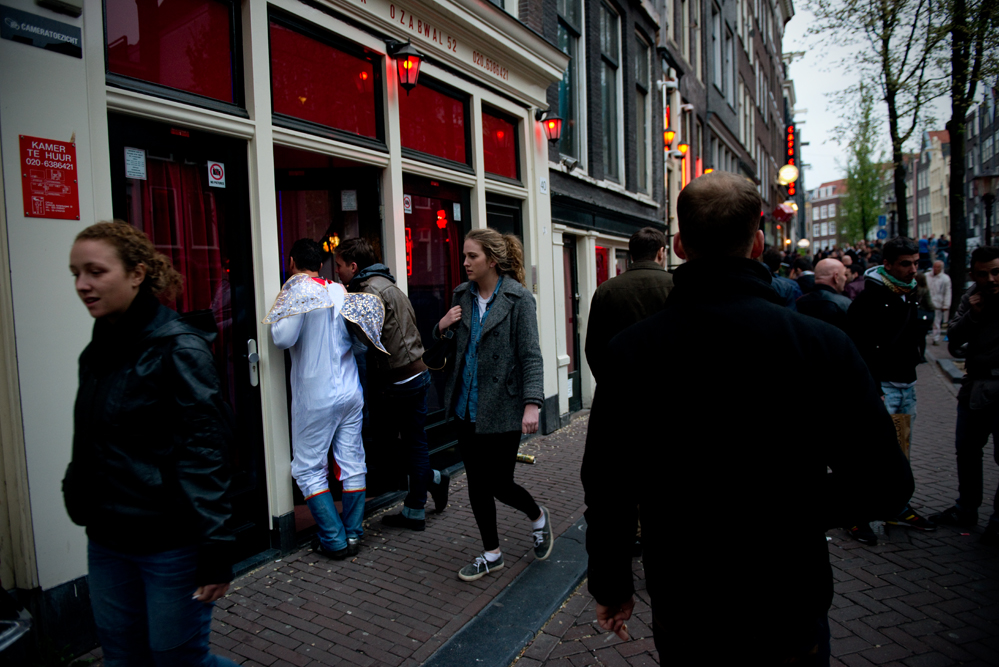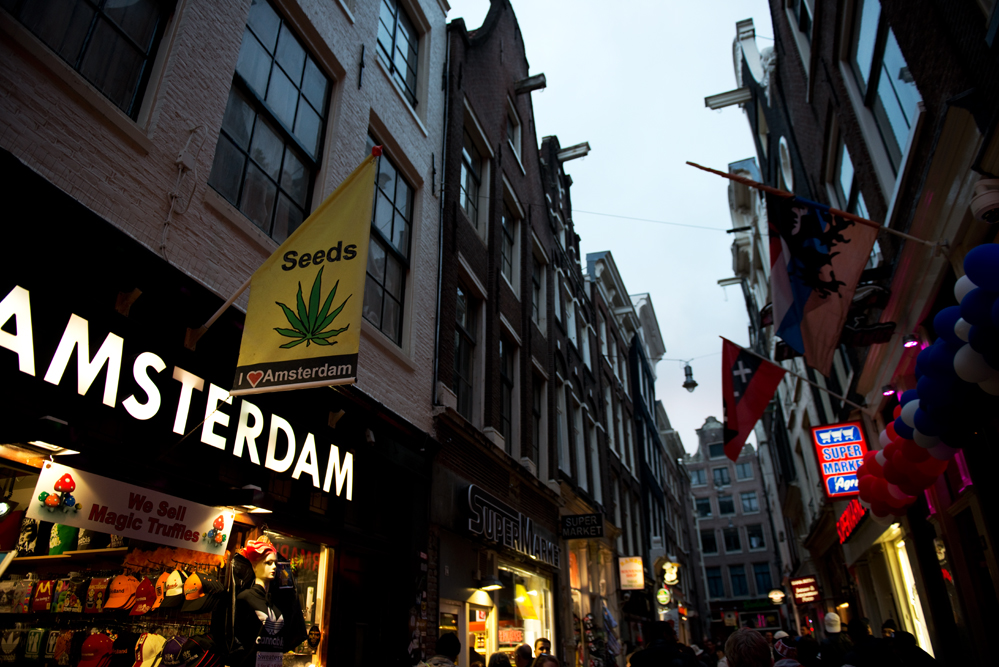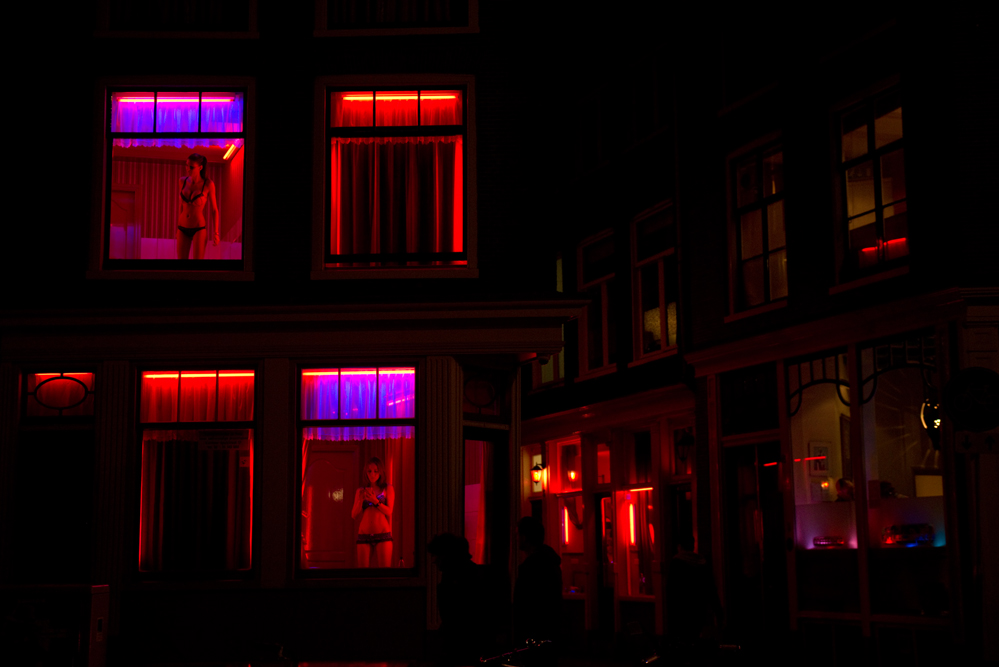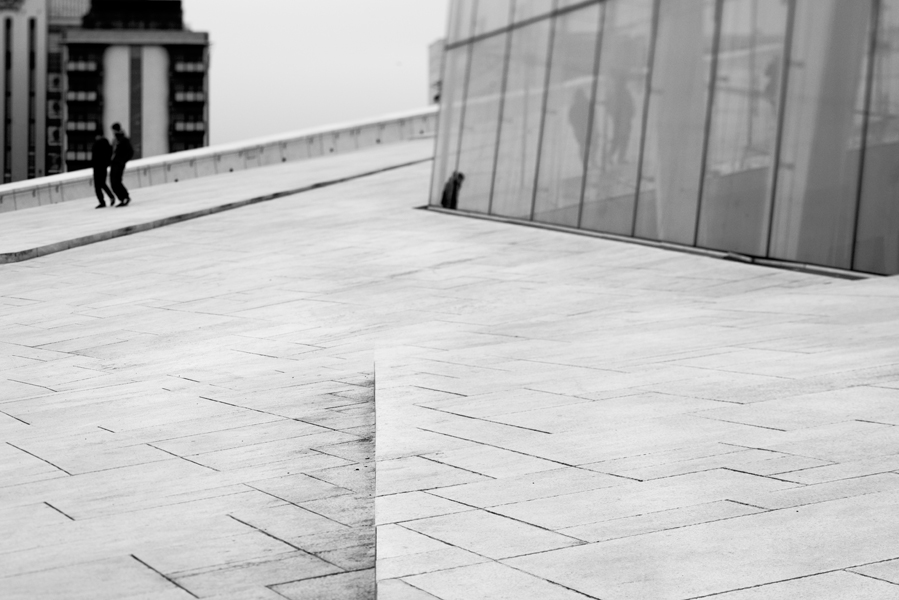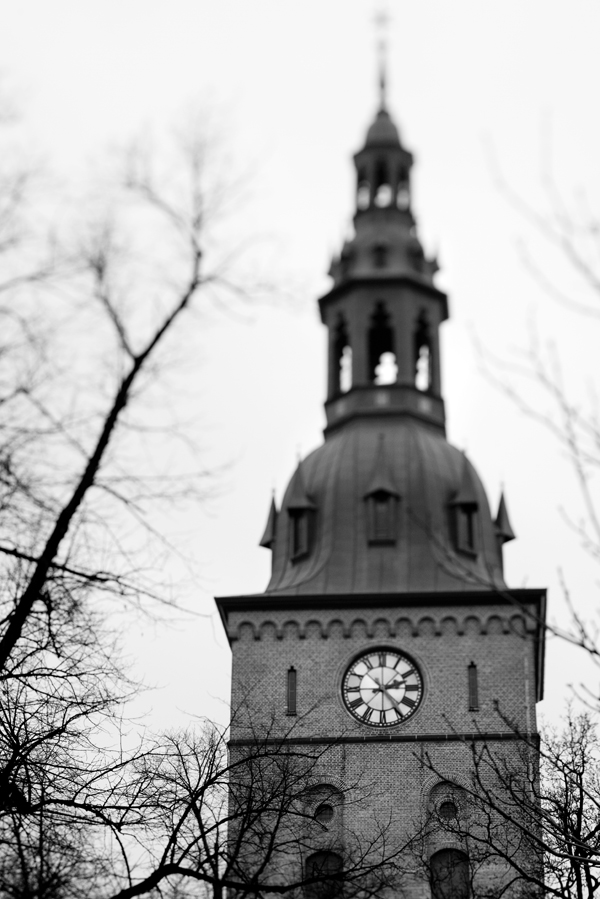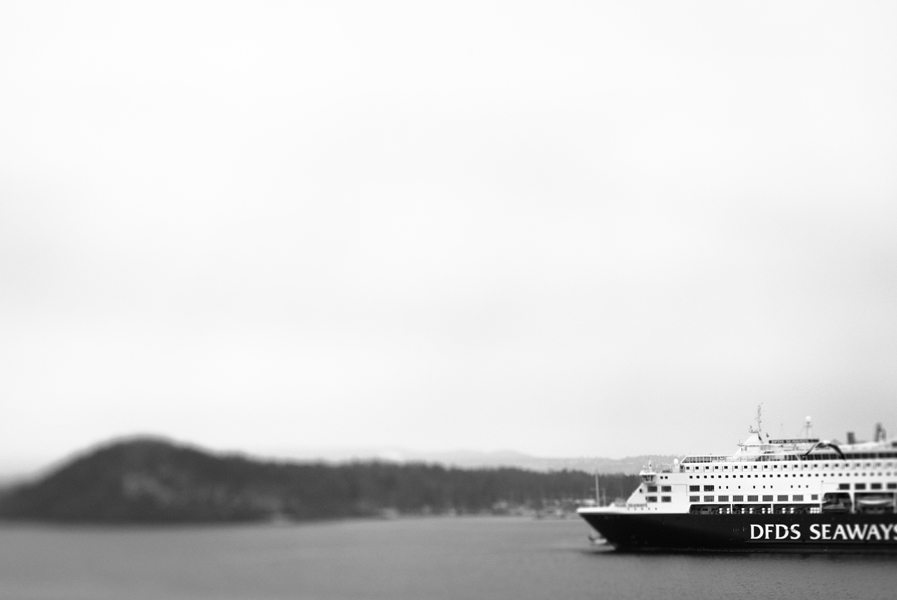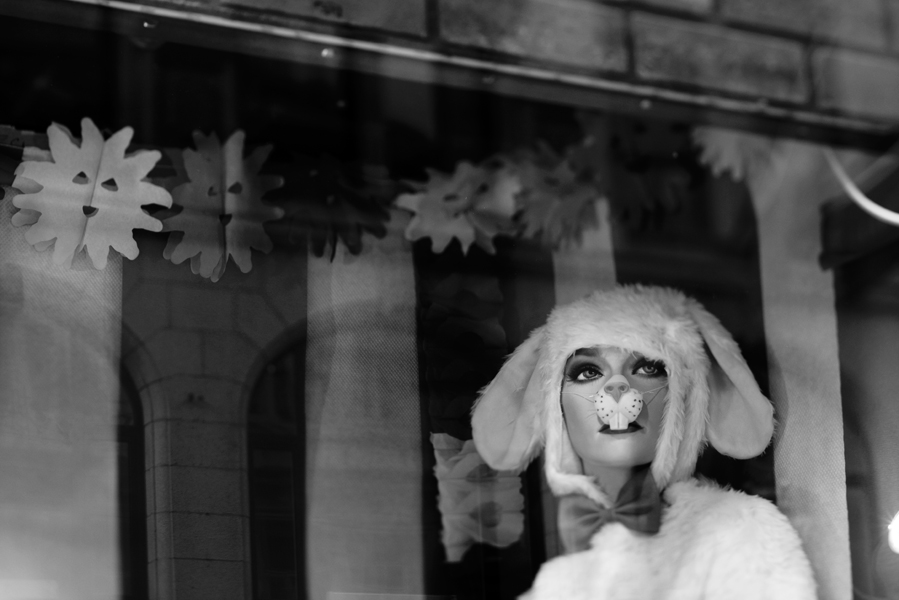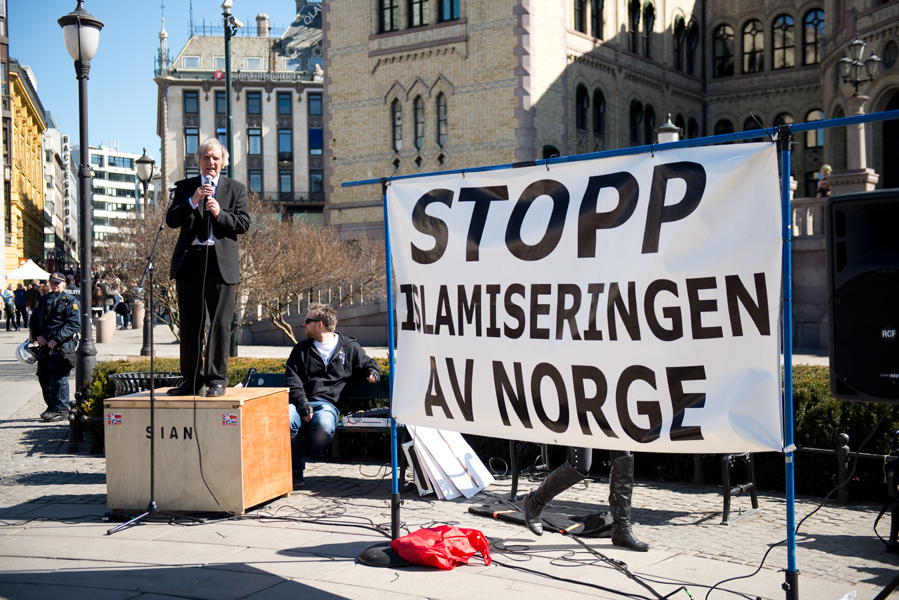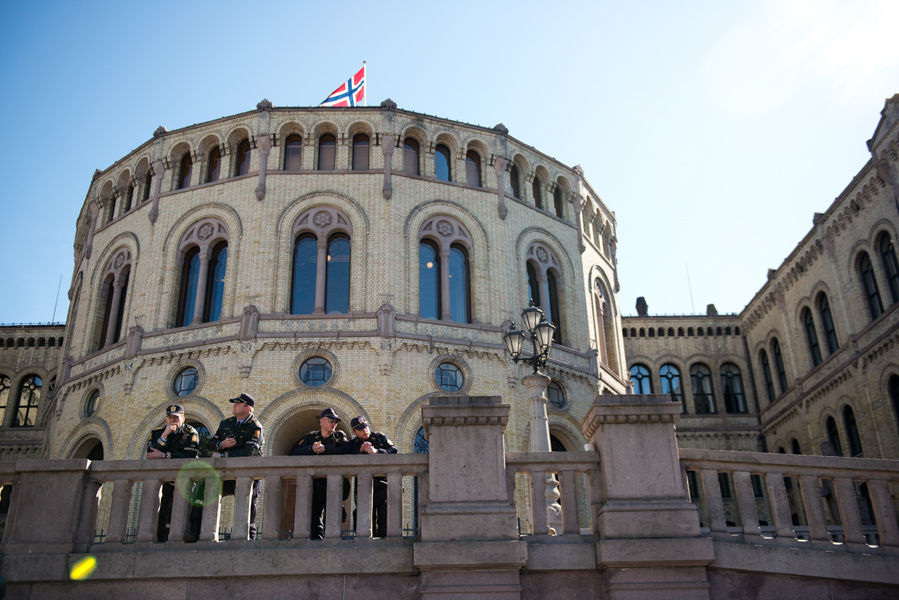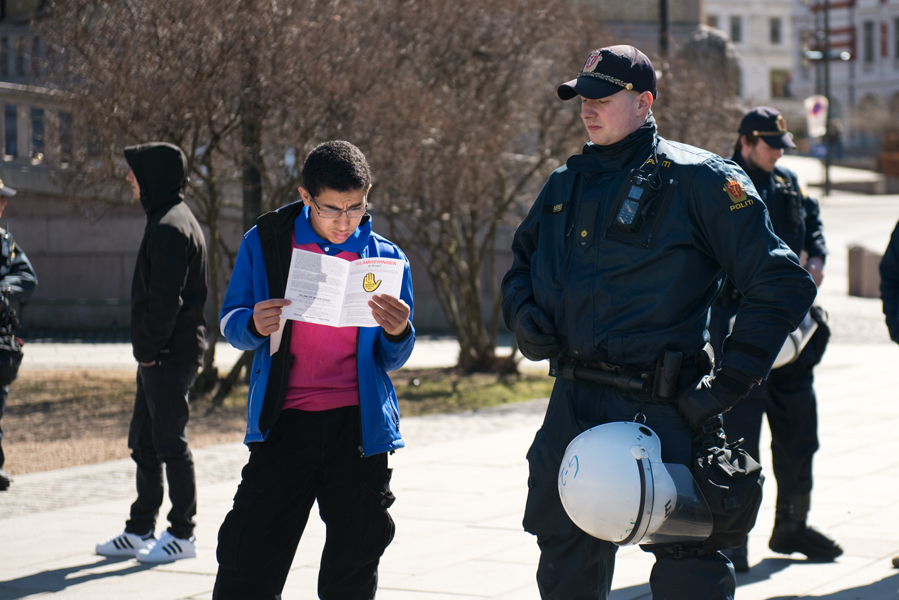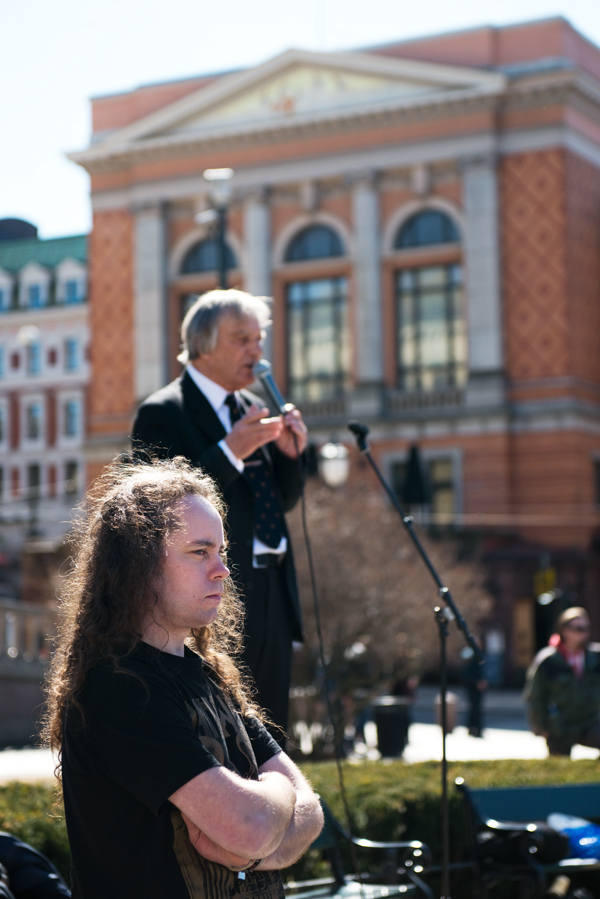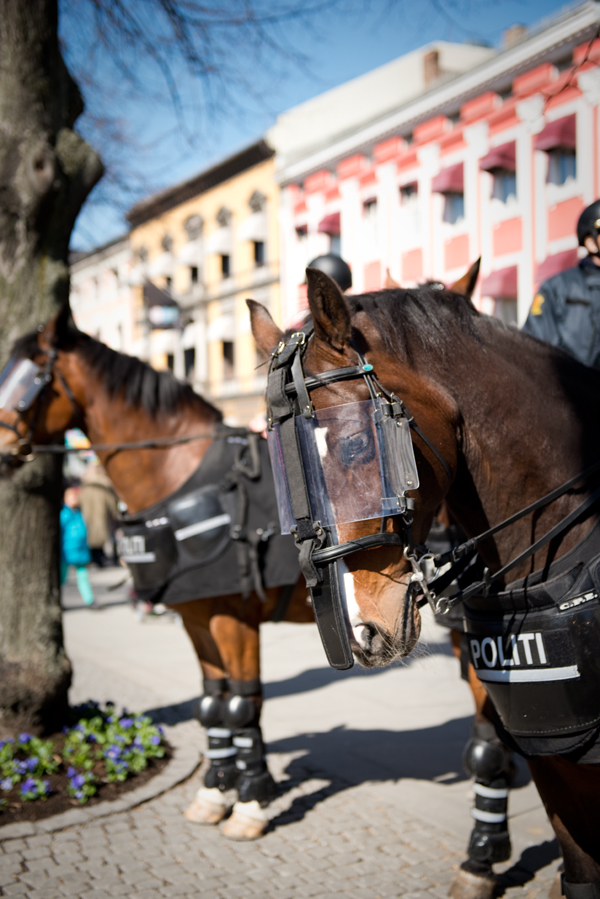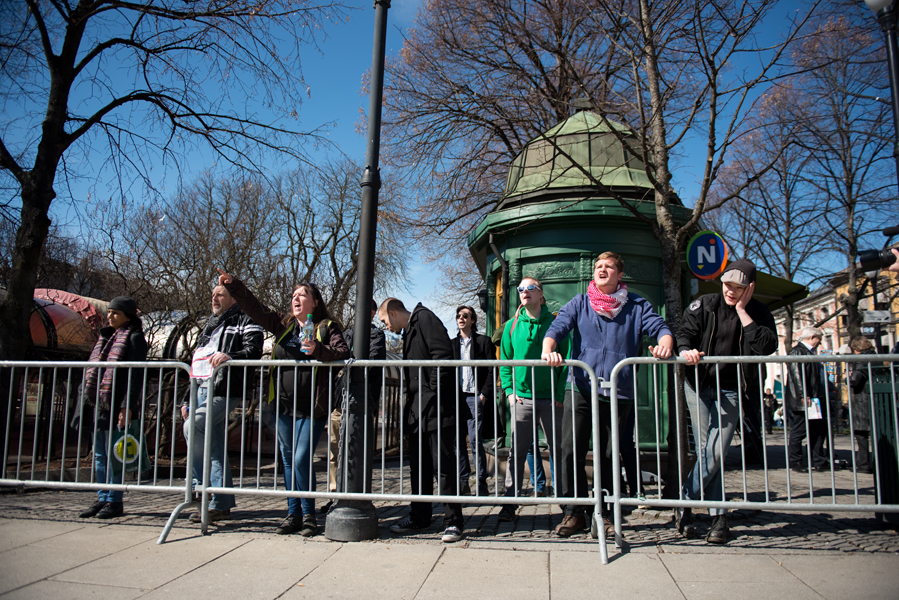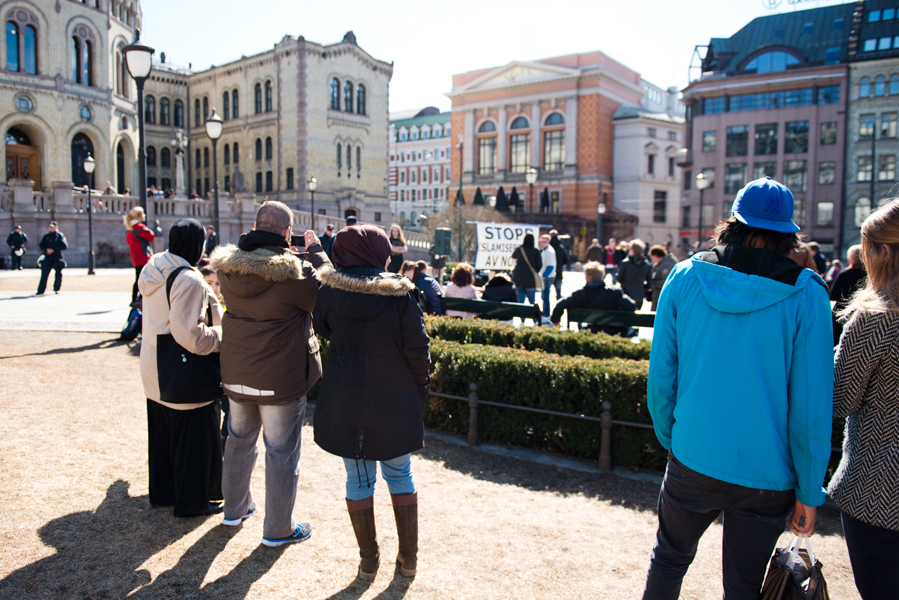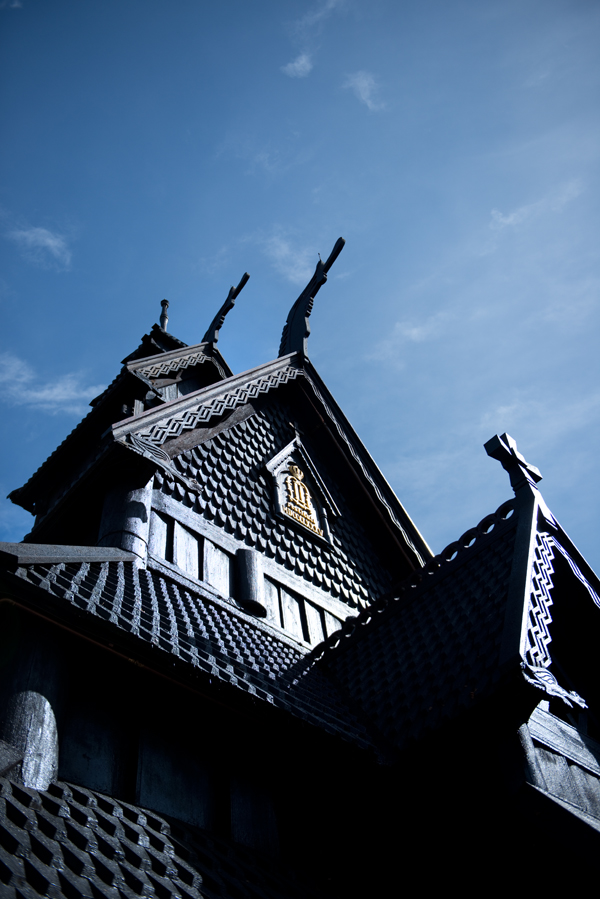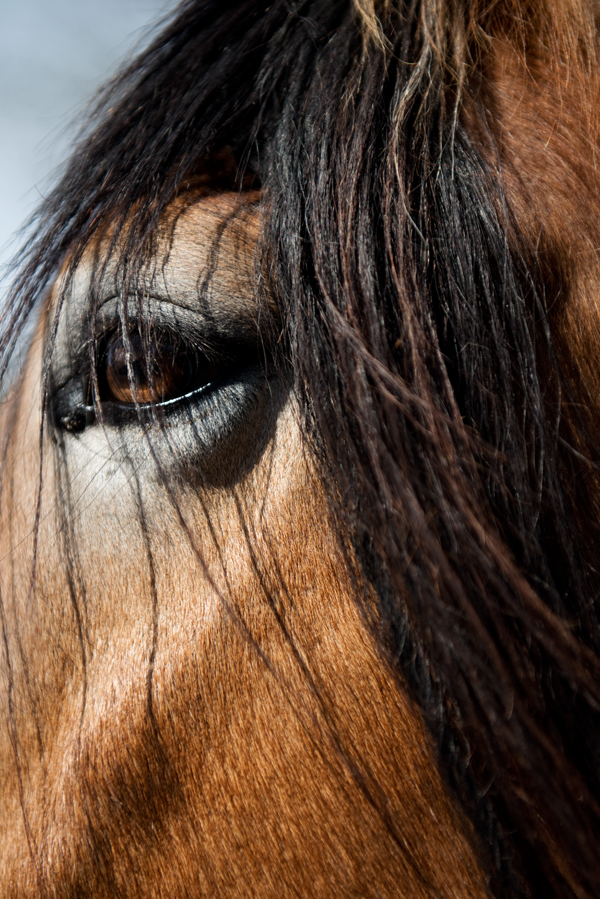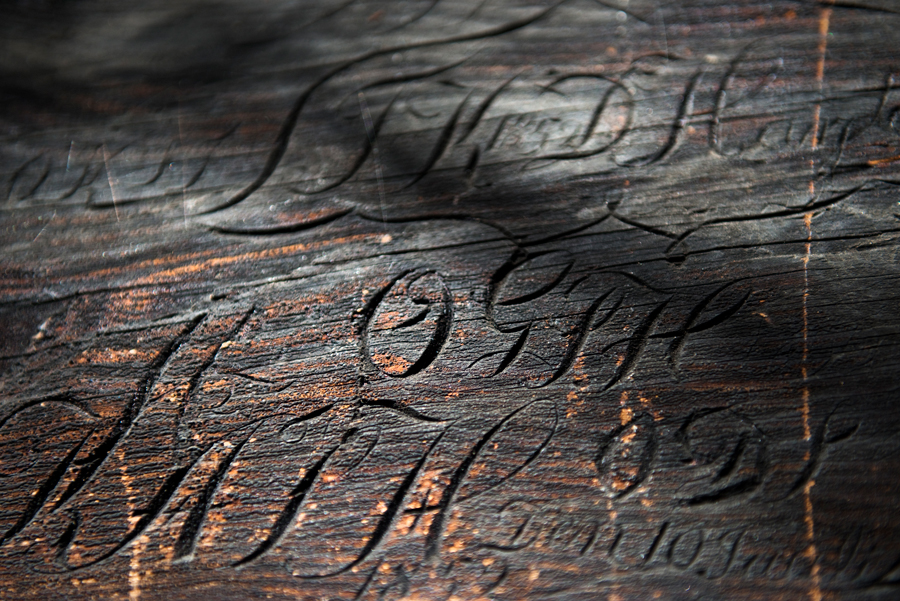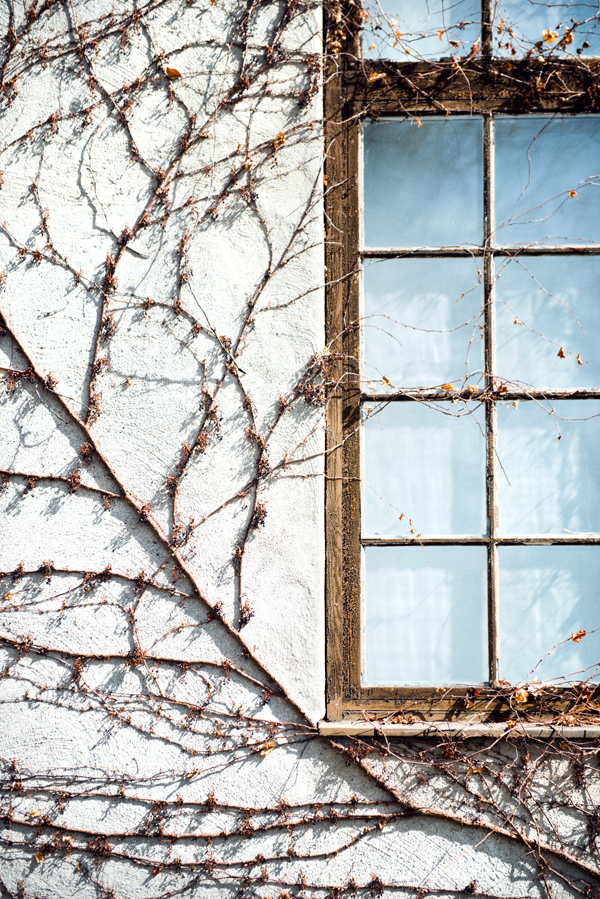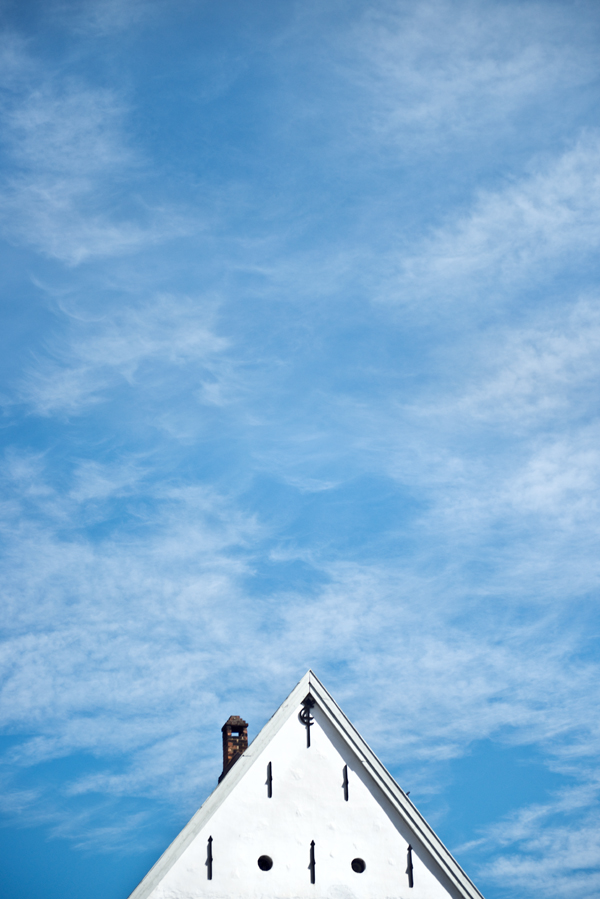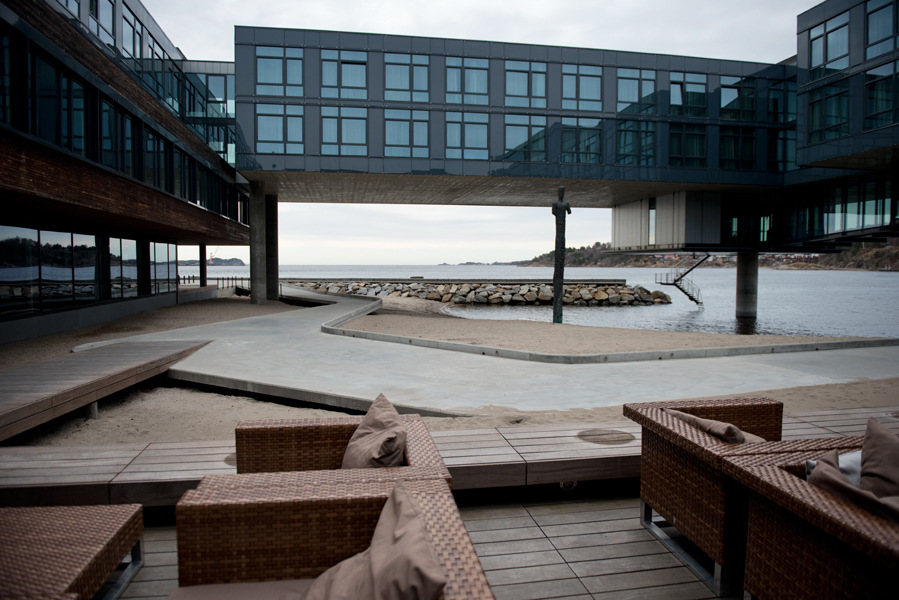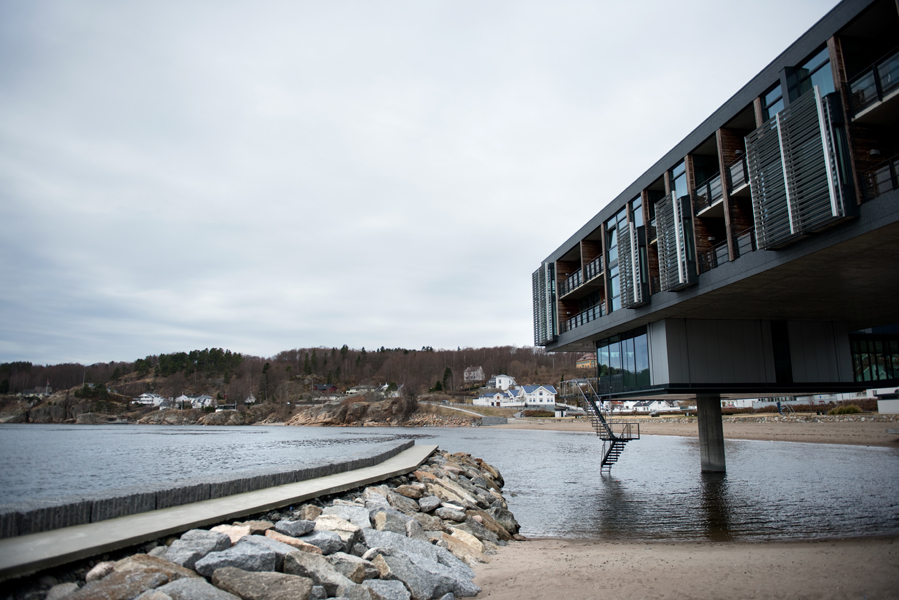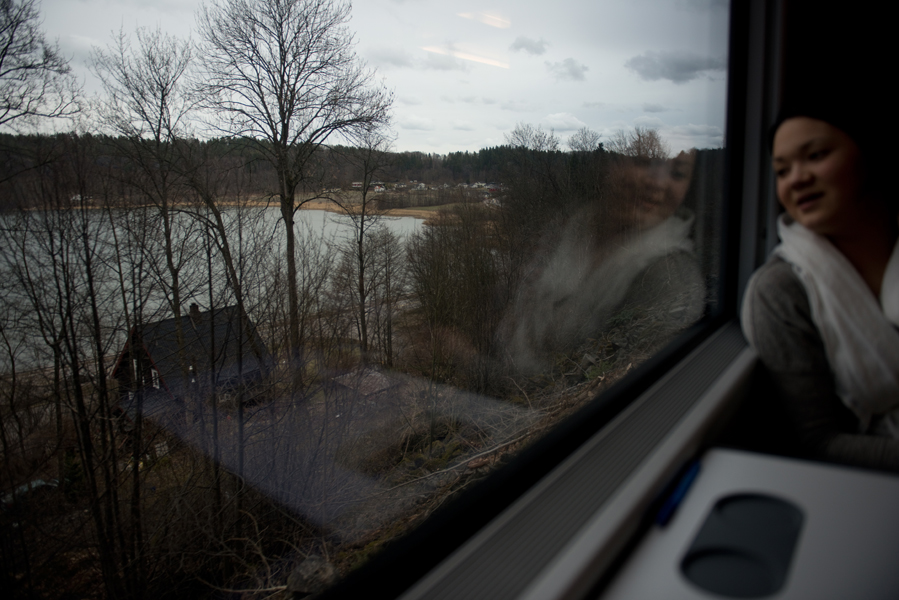JUNE 27 -30
My journey into Croatia from Salzburg would start off going direct to Zagreb (10 hours), then to Split (10 hours during the night). From Split I would take a bus into Dubrovnik as there is no train station there, taking another 5 hours. It would be long, but at least time would be spent sleeping on a night train. Well, here's a traveling tip: never get on a train to ask if you're on the right one. I didn't see any assistance outside at the platform where my train was supposed to be so I hopped on one that I believed was mine that had come in early. It was an older train so there were no digital signs anywhere that stated the final destination. Suddenly the train began to lurch away before I found out it was the wrong one. I got off at the next stop and tried to figure out what I needed to do at this point.
Trains running from Salzburg only go once a day so my only other option was to get on a train bound for Munich and wait a whopping 7 hours in the station for a night train into Zagreb, then finally take a relatively inexpensive plane ride to Dubrovnik which would make up for all the wasted time. I didn't have a bed reservation for this night train into Zagreb and it was too late to make one, but a ticketing assistant told me that you can simply march up to the conductor and request a bed. In the meantime, he gave me a regular seat reservation. Well, that sounds easy. When it finally rolled into the Munich station, I followed the ticketing assistant's instructions and "marched up" to the conductor, asking about a bed. He looked at me like he thought I was trying to piss him off.
I cannot sleep sitting up, so it was going to be a restless night. I dejectedly climbed into my car and slid open the door to my assigned seat with three other Croatian men who looked up at me from the depths of the dark. In night trains, there are individual rooms that seat six people at a time. I at least could be thankful for one seat between myself and the other man next to me. When you have a bed, an assistant comes and takes away your passport and tickets as to not disturb you later. All throughout the night the attendant would come asking to show our tickets at every stop made (there were about 4), and seemingly always when I was on the verge of a half sleeping state. When we crossed into Croatia, the train stopped at border patrol. An officer came in around 6 am, barking at us for our passports. Even though I knew I was fine with my own, I felt nervous in the presence of this officer who was already treating us as if we didn't have proper identification. After the process I put mine away and looked out the window. We were crossing over a beautiful river cutting through lush hills, bathed in fresh morning light. For a moment, it almost made up for the sleepless night and gruff officer.
An hour later we pulled up to Zagreb and I stumbled off the train with my belongings, making a beeline for the ticketing counters as this would be my only opportunity to make a train reservation into Spain. I waited in line for 15 minutes, nervously checking my watch. I only had so much time to figure out how to get to the main bus station to then take a shuttle to the airport. I successfully got a ticket from Zagreb to Munich (the first leg would be back to Munich oddly enough), but could not get a ticket from Split to Zagreb because I was in the international line, not local. I would have to wait in another line and simply did not have the time for it. Not knowing what else to do, I left and decided to figure it out later with better sleep.
I counted out my money for a taxi, which would save valuable time by taking me directly to the airport. I then remembered what I had read about the Croatian taxi drivers that lurk outside the Glavni Kolodvor station: clearly they know you're a tourist, so they think you have money and will slap you with a ridiculous fee of around 3,000 Kuna (equivalent to 50 U.S. dollars) for a ride to the airport once you're there. I had just enough money for an honest fare, and approached a driver with my sum. He shook his head at my offer. I assured him that I was not bluffing, I really didn't have any more money, and knew that the amount I had was enough to the airport. No luck. Same situation with another. Even if I wanted to, I could not pull out anymore cash because I had lost my debit card in London and only had a credit card. Withdrawing money meant having to purchase money, which I couldn't do just anywhere. My only other option was public transportation.
I bought a ticket and got on the crowded bus which I believed was going to the main bus station. Inside, there was no map of the bus route. Turns out it was the right one, but wrong direction. It took me ten minutes to figure this out and I jumped off at the next stop, and another bus took 10 more minutes to come. My time was running out. I couldn't miss this flight. We finally arrived at the main bus station and I hauled my things up a long flight of stairs then waited in another line just to talk to someone, taking 5 more minutes. When my turn was up, I asked about the airport bus and the man spoke back to me in Croatian, pointing in a direction. The signs are not in English. I ran down another flight of stairs, towards where he had vaguely pointed. I had three minutes before the next bus left. The buses leave on the hour. Well, he technically had pointed in the right direction. There were hoards of buses, but no clear sign about an airport one.
I frantically ran up to a bus driver. "Airport bus???" More pointing, more Croatian. I ran in the direction. Oh my god, I see a bus that says airport (the only English I'd seen so far.) The clock hit the hour. I was the last passenger to board. I sat sweaty, exhausted, and blissfully relieved on the ride over. It was smooth sailing until taking public transportation again. Dubrovnik's buses get crammed to the gills, and I mean crammed. It was almost as bad as that initial ride on the Paris metro with Molly and Dakota. It was a hot, and not to mention stinky, ride. A Croatian woman grabbed a holding bar at the ceiling, her dark armpit hair inches from my face. I was just so happy to be finally, almost, at my hotel.
That night I slept in a real bed and had proper sleep. I couldn't have asked for a better way to start my birthday. I spent the morning lounging in the hot sun and the afternoon swimming the Adriatic, which I discovered is a touch colder than Hawaii's waters. Brisk, refreshing. The water was dazzlingly clear. The next day I went out to the Old Town. There were so many tourists, but very seldom were Americans. I think the majority are from neighboring countries who go to the Dalmatian Coast for a seaside escape. They communicate to the Croatians in broken English.
Dubrovnik was beautiful, but the people were different. There are no extra frills to their personalities, no extra effort given to be friendly, not even with their own people seemingly. The looming darkness over the Croatians stems from 1990's warfare that violently tore Yugoslavia into the countries that they are today. Dubrovnik, in fact, was specifically targeted by the Serbians and extensively bombed, the Old town specifically. This was especially shocking and controversial due to Dubrovnik's UNESCO World Heritage Site protection status, which was completely disregarded by the Serbians. I heard a tour guide try to answer a member of her group's question about the attacks and she choked back tears. "I'm sorry… It is still hard for me to speak about, I lost very close friends during that time."
Going back on the bus to Zagreb (my only option as I never was able to get that train reservation), I spoke to a young woman, Tea (Tay-ah), about Croatia and its people. She herself is an aspiring jeweler, someone who is constantly looking to the future, a genuinely positive soul. We talked about war, about their poor economic condition. "People need to stop frowning, stop looking down, and start looking up. The war is past and we can move forward now."
